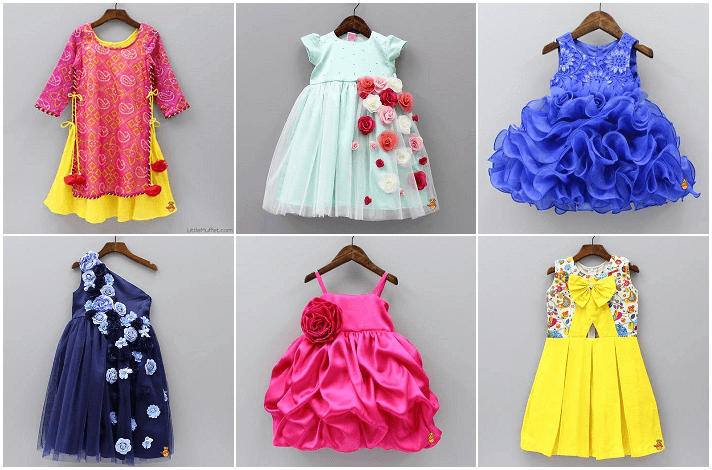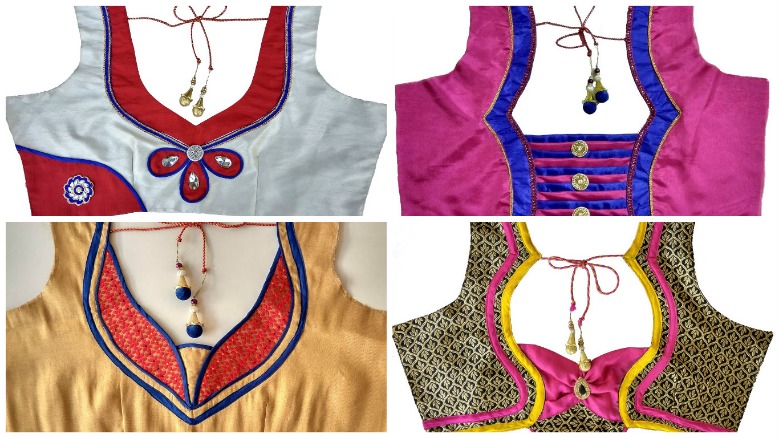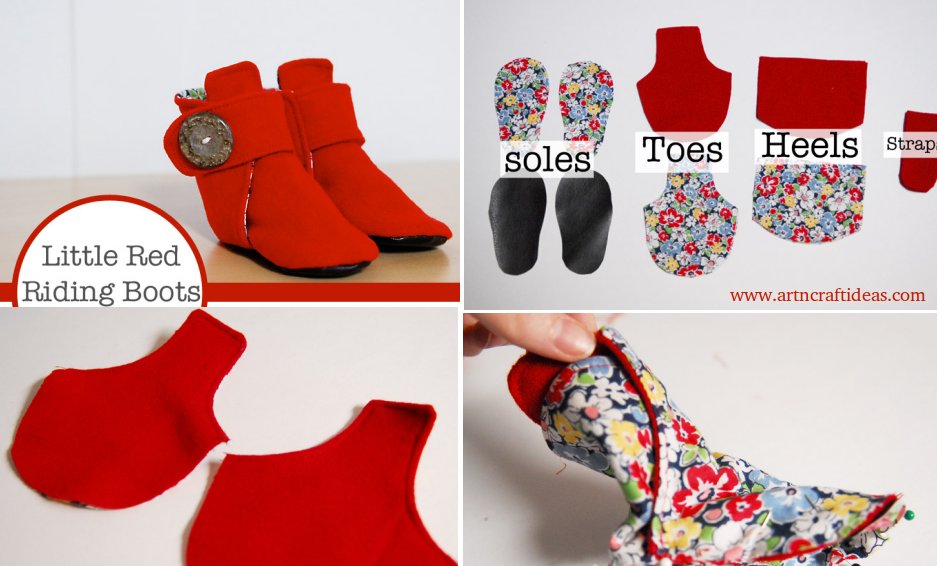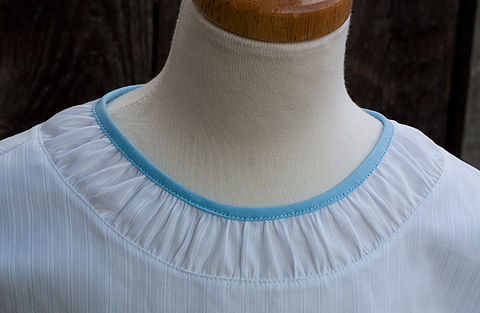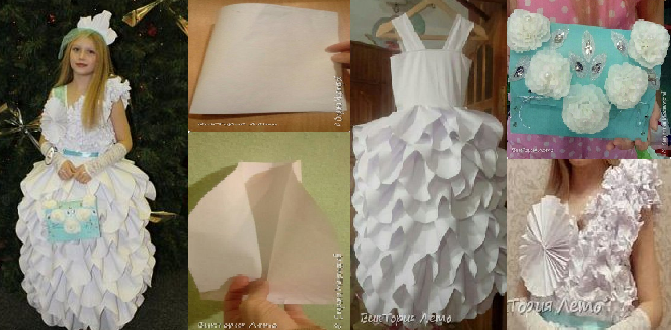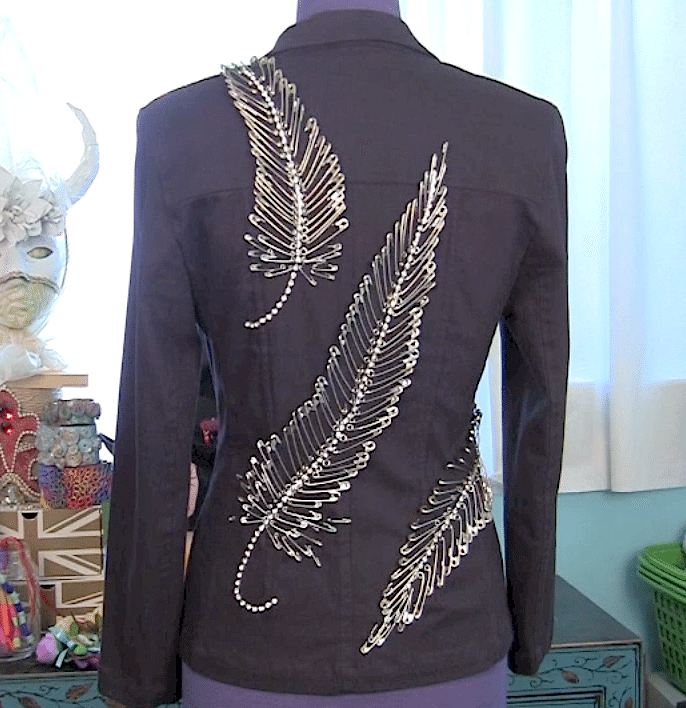In this fashion world, Frock design is growing day by day and all the people are getting its effect. It is true that human mind has been vulnerable to changes so fashion is also not permanent it remain changes. The Beautiful collection of frock designs for girls has been introduced by different famous designers. As every woman is waiting for new clothes for decorating her wardrobe so she should be ready to go market because all these dresses are available in leading stores. This time the leading designers are showing some experimental rock styles so that you can try a different and unique thing to make your personality stylish.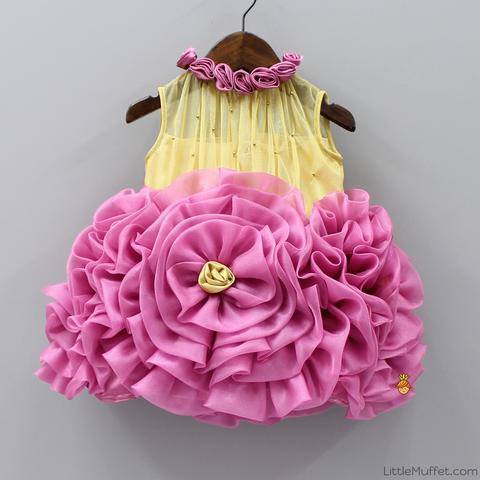
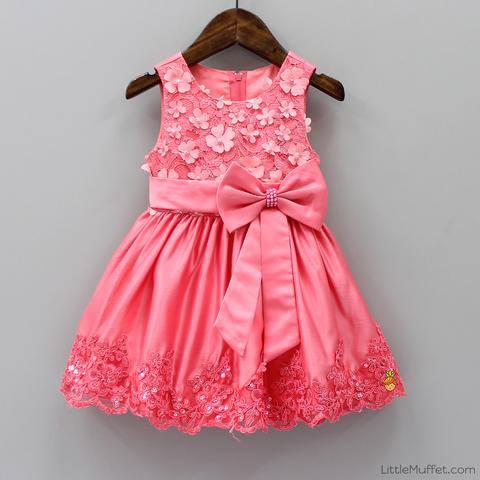

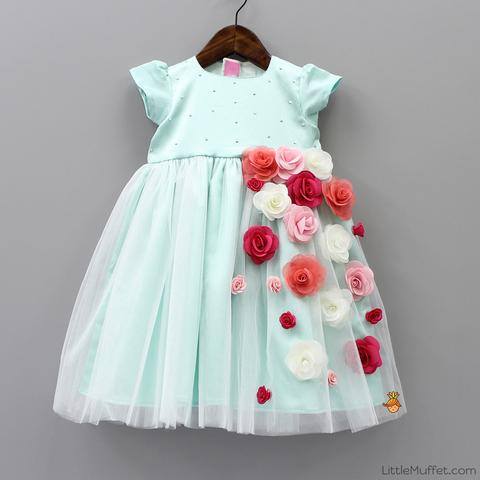
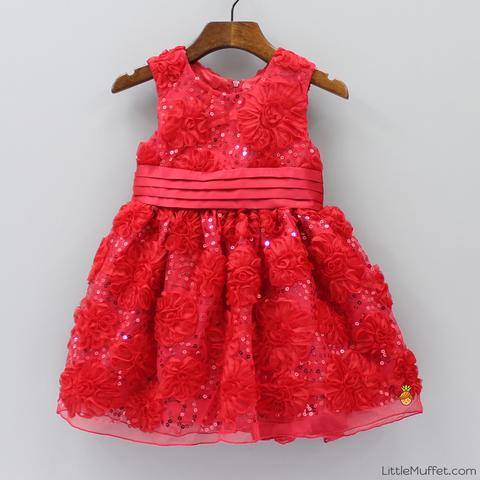
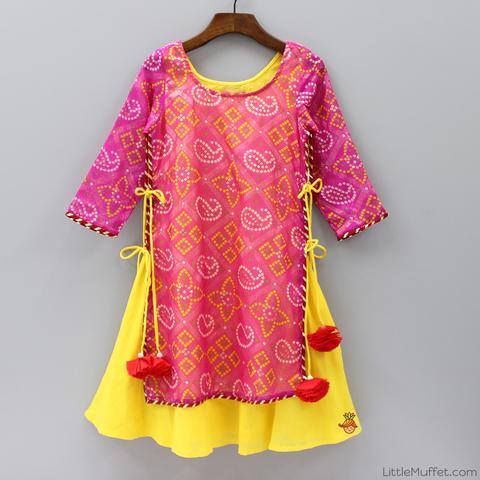

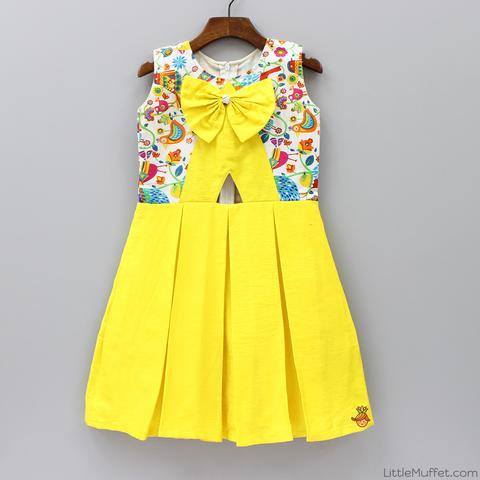
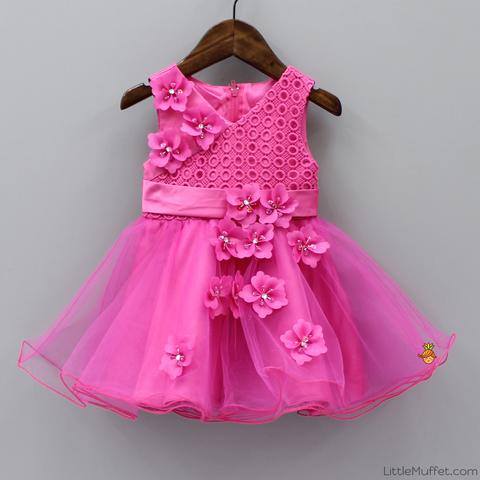
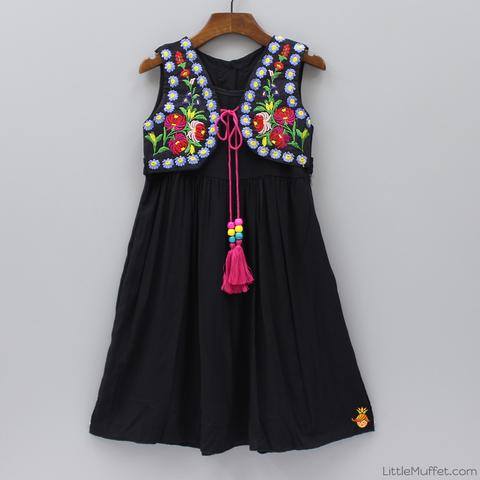
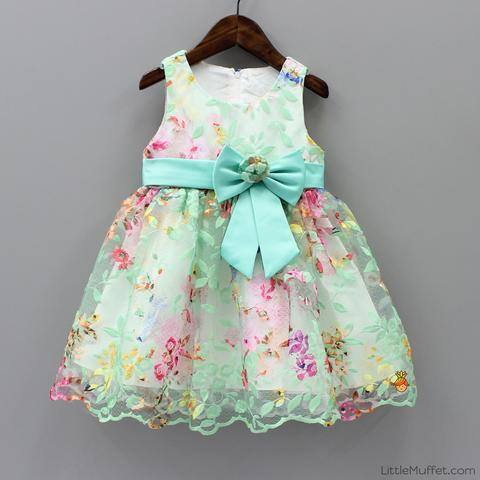


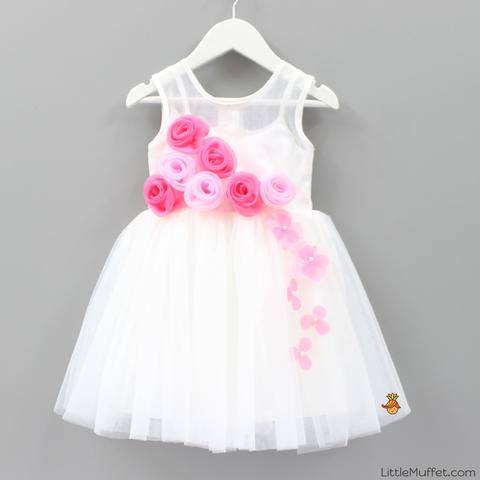
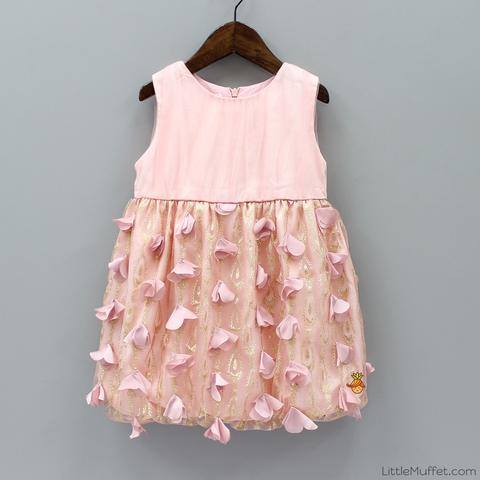

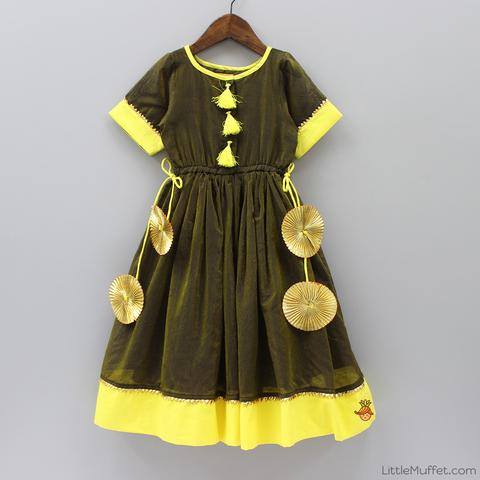


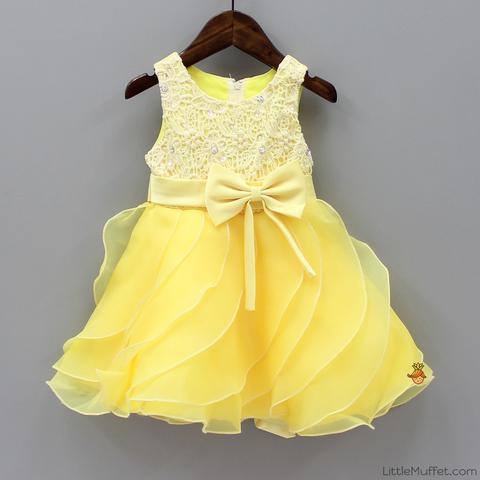


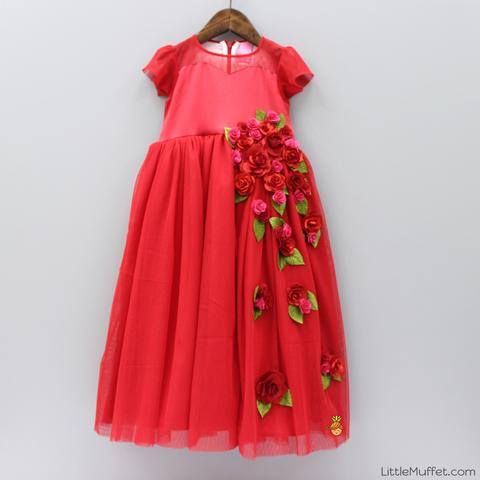
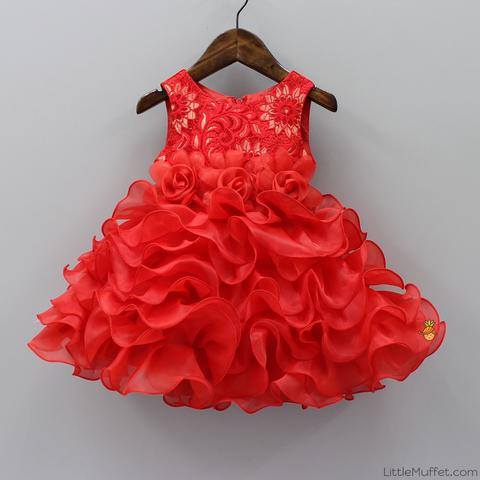
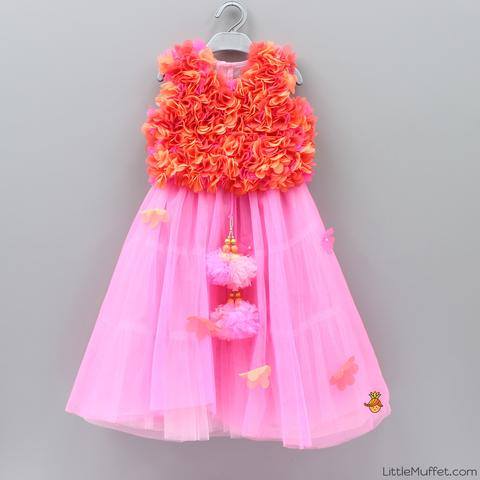
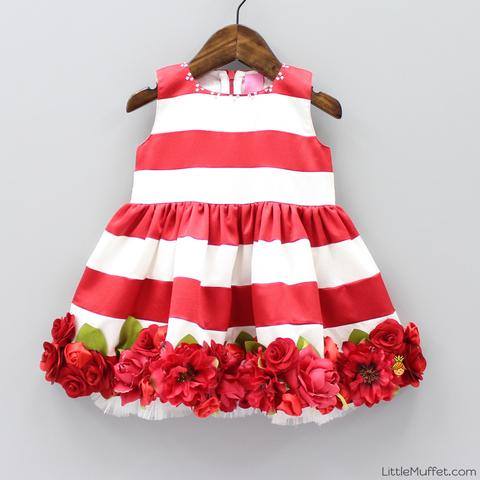
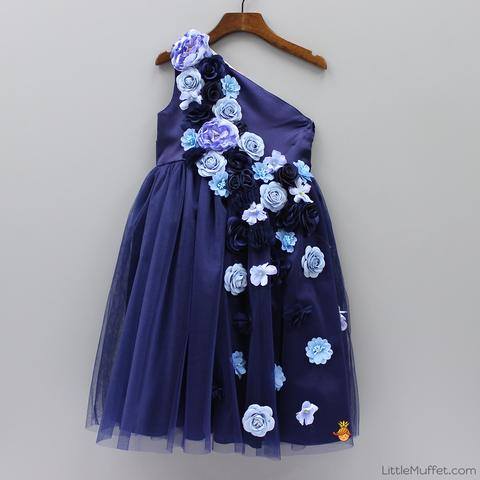


How to make designer back neck blouse
Indian bride looks stunning with very beautiful designer blouse made by our well known fashion designers. If you don’t find the unique and different design of blouse by your own, there are ways through which you can create beautiful blouse without breaking your brain.
Blouse designs accentuate the looks of the wearer. For a classy and sophisticated look, try these amazing blouse designs which can win you many appreciations. Just keep in mind if you are planning on a wearing a transparent saree, it’s best to avoid front hooks or pins, since it will make your overall look very clumsy. The current trend for blouse designs is net blouses with sweetheart necklines. Any simple looking saree can look wonderful with designer blouse designs which can make you look gorgeous. Every woman is different and it’s difficult to come up with a unique fitting, so tailor made blouses is the ultimate choice. A blouse should be like your second skin, it shouldn’t be too tight nor too loose and the right fitting makes a woman very confident.
From this videos, you can learn how to make this designer blouse in simple and easy method
Bridal Designer Blouse Made Easy Cutting And Stitching:
Designer Bridal Back Neck Blouse Pattern: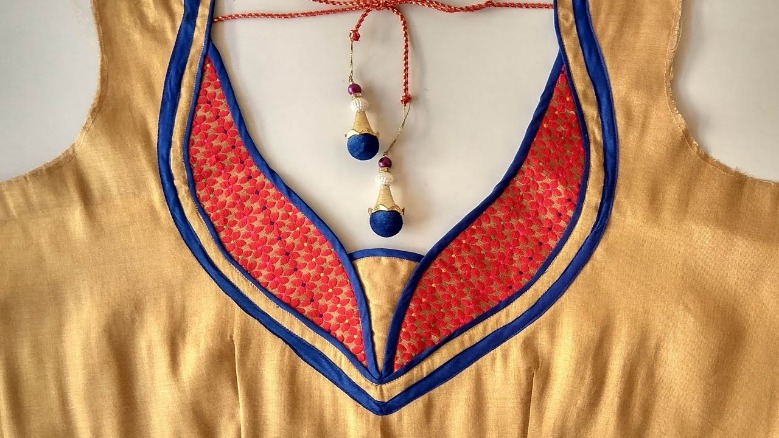
Designer Back Neck Blouse Pattern:
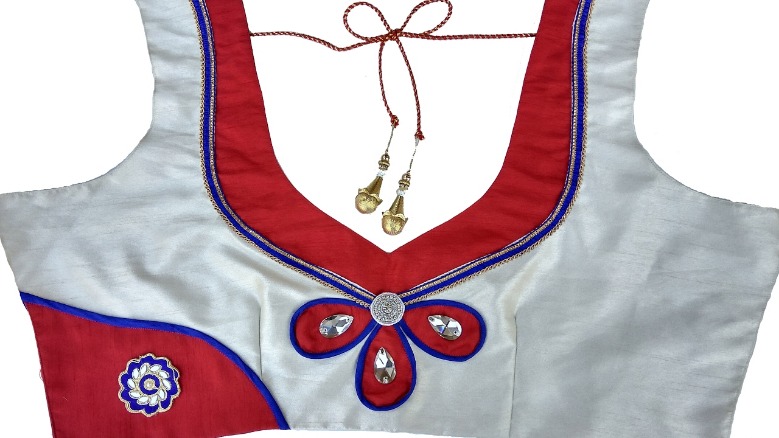
Designer Bridal Blouse Back Neck Pattern:
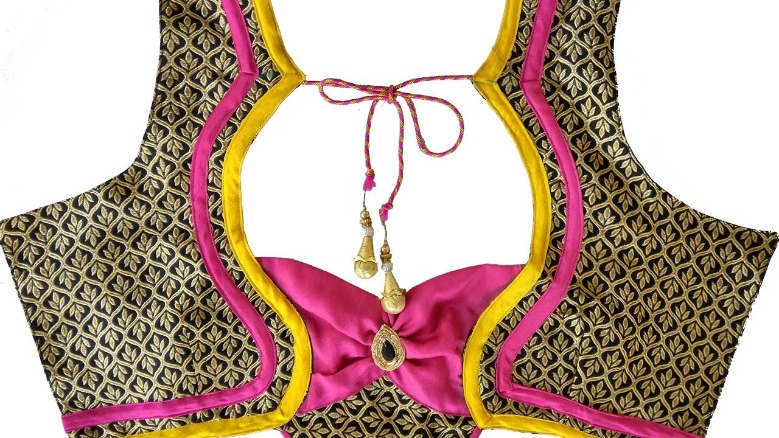
Blouse Back Neck Designs:

Little Red Riding Baby Boots Pattern Tutorial
The free pattern today is a sweet little pair of boots. Because every baby needs some boots. This style is simple and clean and could easily work for a baby boy or girl.I just love boots on babies especially young babies because they stay on better when there is something wrapped around the ankle.
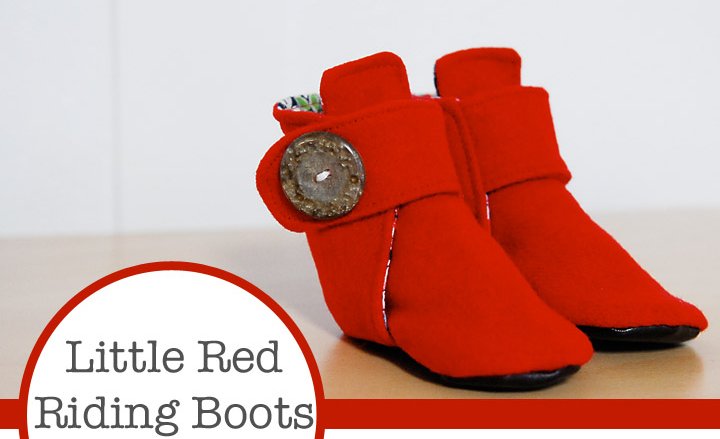
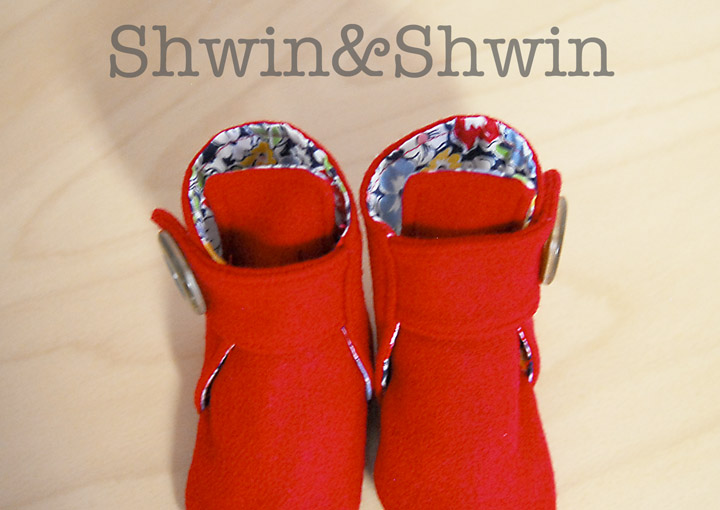
They are soft and comfy with a strap and snap closure.
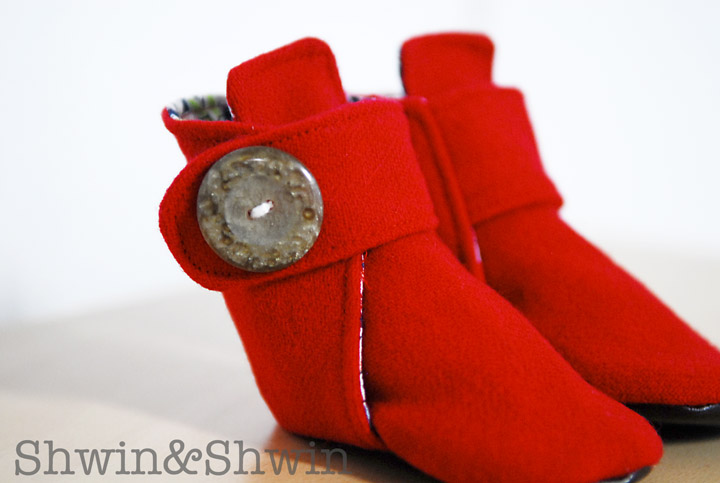
The button is just for looks but you know I love a button 🙂
It includes 0-3m 3-6m and 6-12m

Cut out your pieces. You will need 4 soles (2 reversed so you have a right and left foot) I used pleather for the outside sole since I think it holds up a little better. Then 4 toe pieces two outer and two lining, 4 Heel pieces two outer two lining, and 4 straps 2 for each shoe.
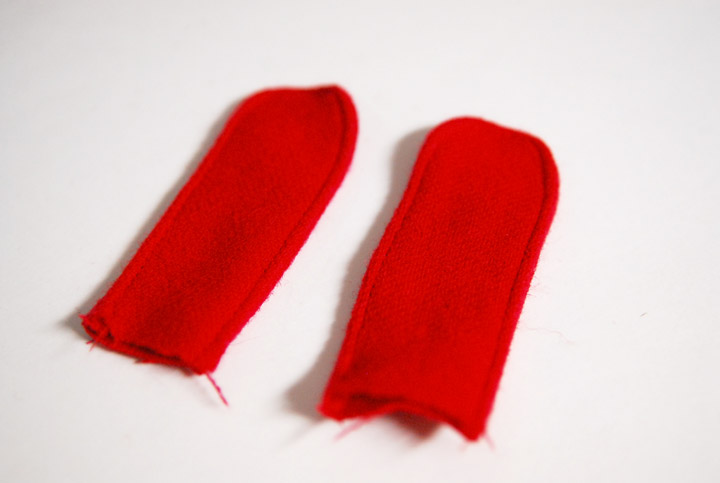
Start with the straps. Sew two right side together along the sides and curve. Then turn right side out and top stitch. Repeat with both straps.

Next for the toe pieces. Sew one lining and one outer piece right sides together along the grey dotted line. Clip the corners and the curve.
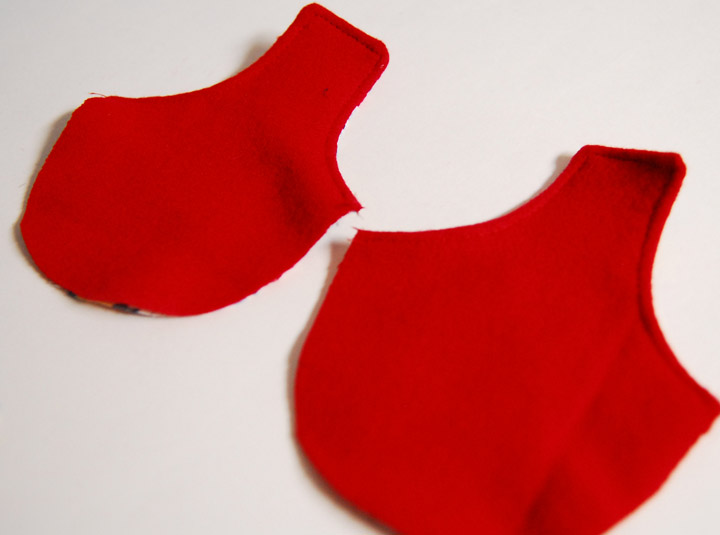
Turn it right side out and top stitch. Repeat with both toe pieces so you have two.
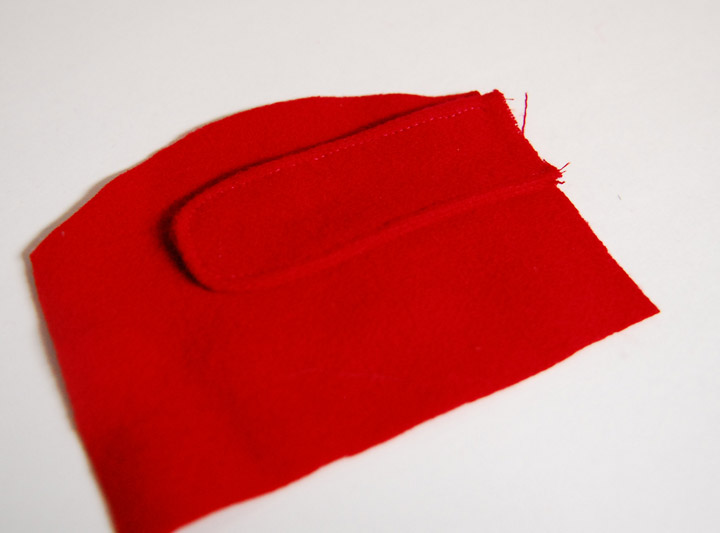
Next for the heels place the strap down near the top of the curved edge and have the raw sides together. Then place the lining right sides together, sew along the sides and top.

Clip the corners and curve then turn the heel right side out. You want two heel pieces like this but you want them to be reversed so the straps are opposite each other.
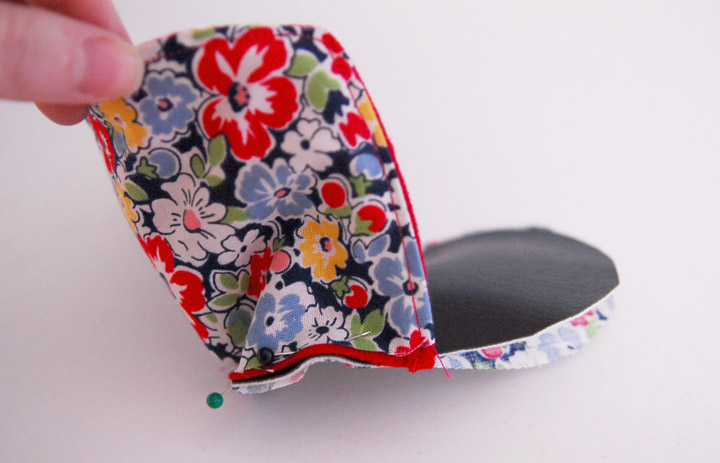
Then pin the heel in place to the soles (which should be wrong sides together) Sew the heel in place.
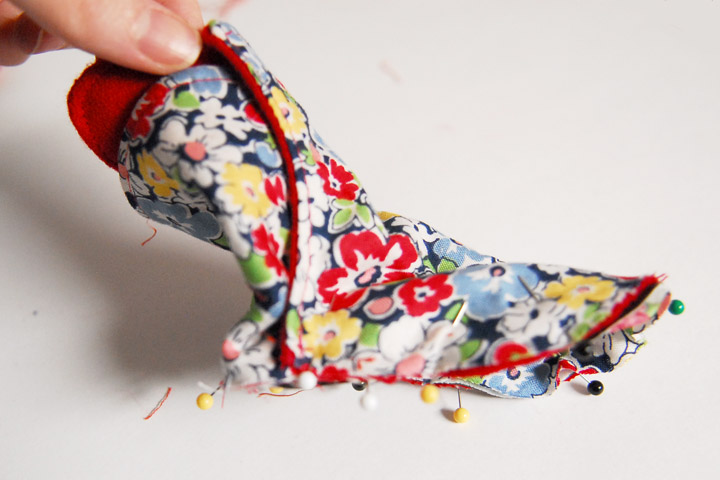
Then add the toe piece to the front. Sew in place. Clip all the curves on the sole.

Then turn the boot right side out and add a snap to the strap and side of the boot. Sew on a button for decoration and you are good to go.
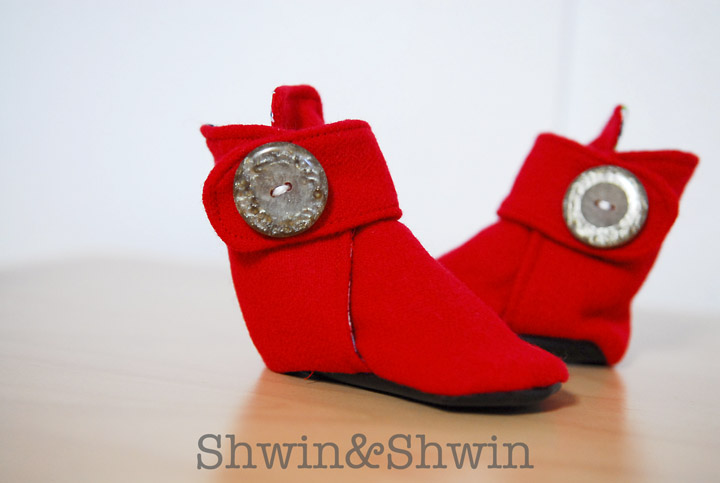
Now you have some adorable little boots to keep those little toes warm.

Hope you like this tutorial.
Source: shwinandshwin
Different Types Of Kurti Designs For Stitching
Kurti has become the women and girls most favourite style statement to look stylish with the charming traditional look. These classy yet trendy kurtas are so comfortable that you can wear them round the clock. The best part is that you can easily modify and customise Kurtis for different looks. Available in different styles and patterns, kurta is first to picked of college going girls, working women, social women as well as of housewives for any occasion. Fashion designers are trying to keep pace with the growing popularity of kurtas and find endless options to design kurtas according to the latest trends. As a result, wearer gets ample choices, from ethnic to indo-western style with different patterns, cuts, and designs. Some popular types of Kurtis are mentioned here; just have a look and you will get smart ways to look best in all avatars.
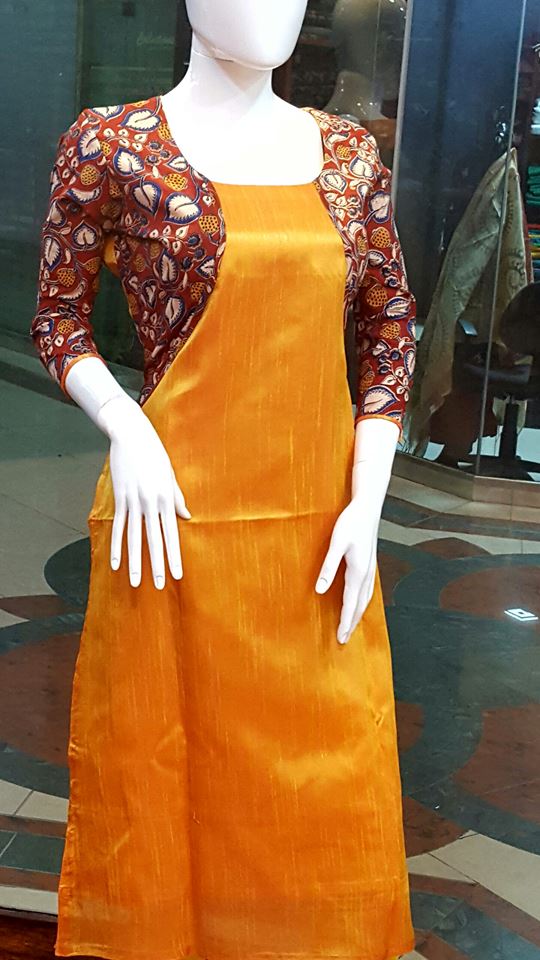
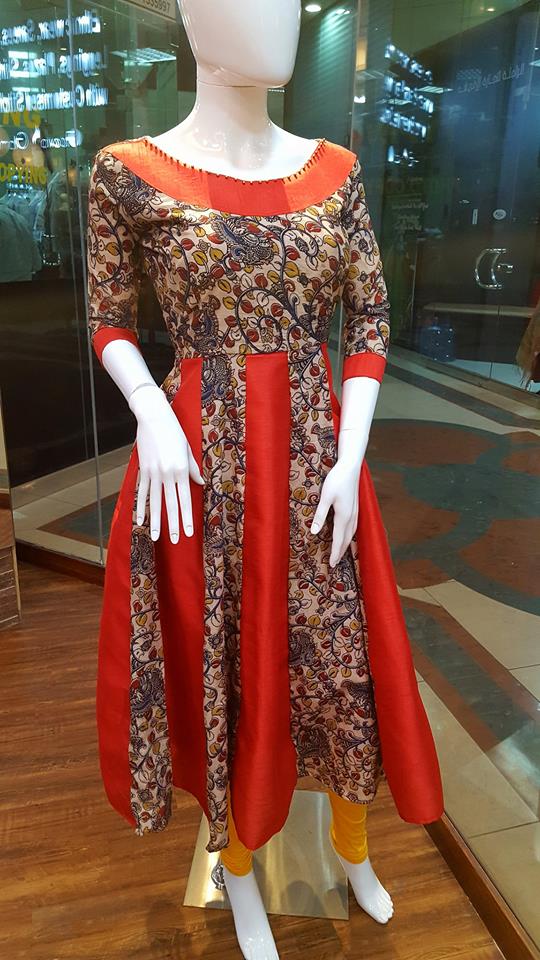
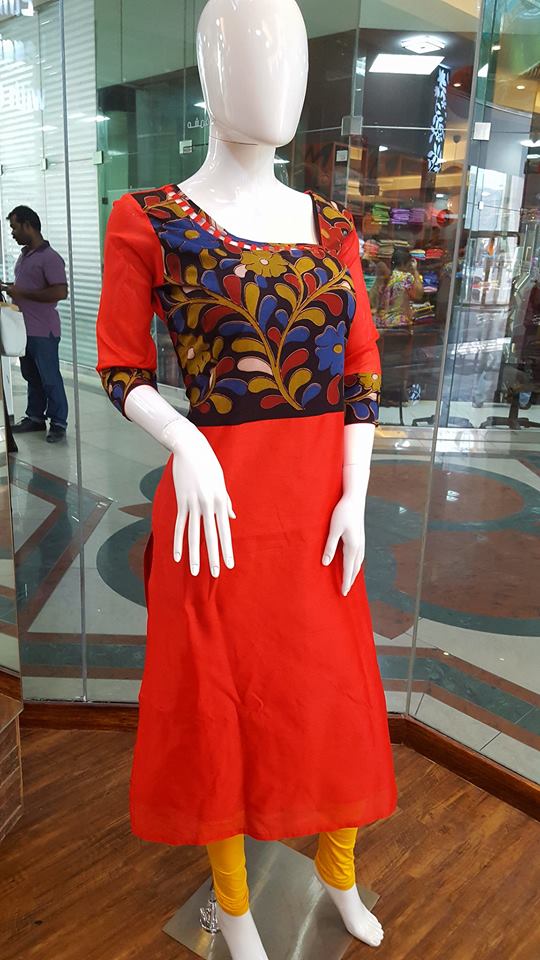
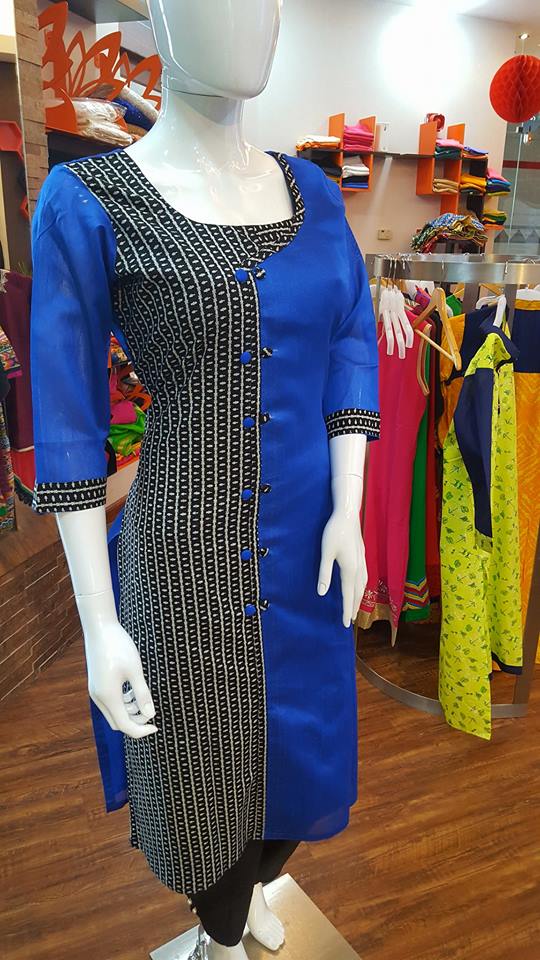

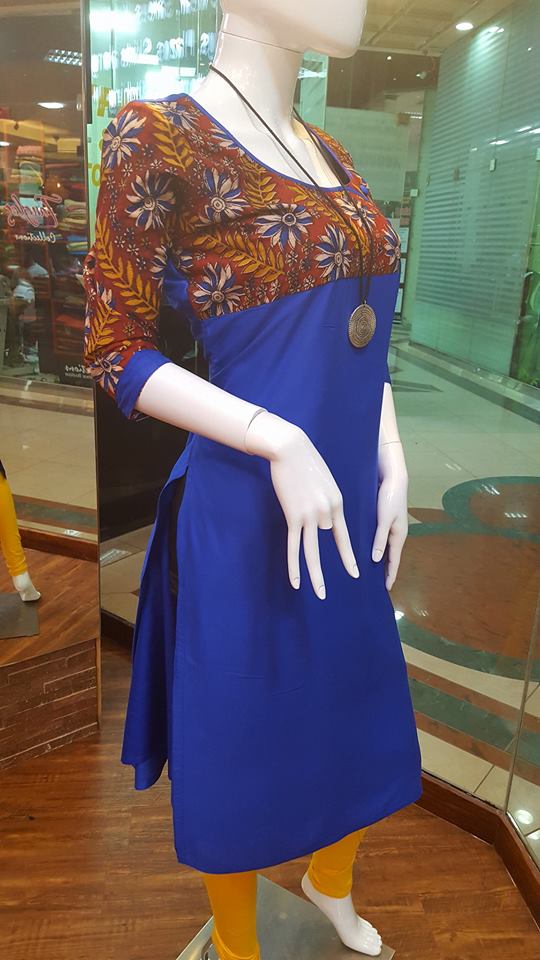
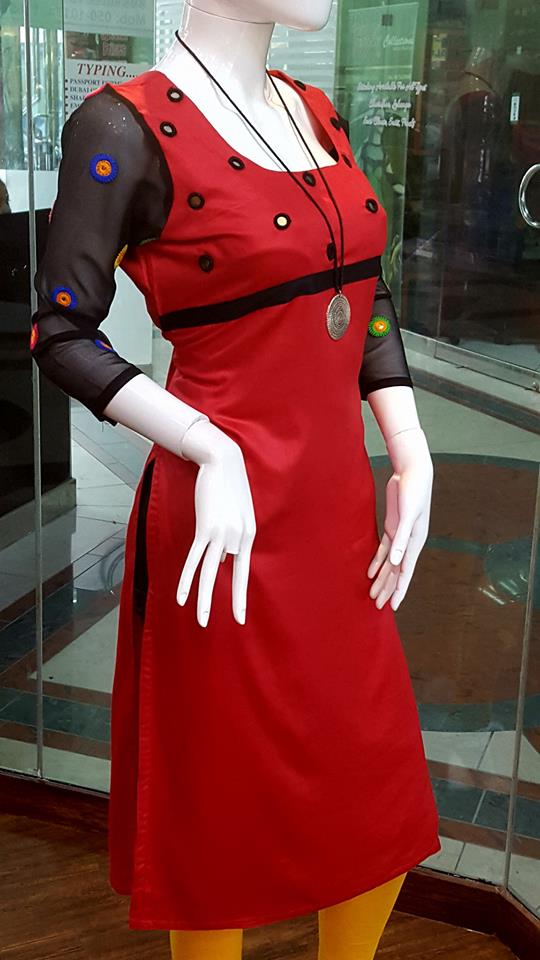
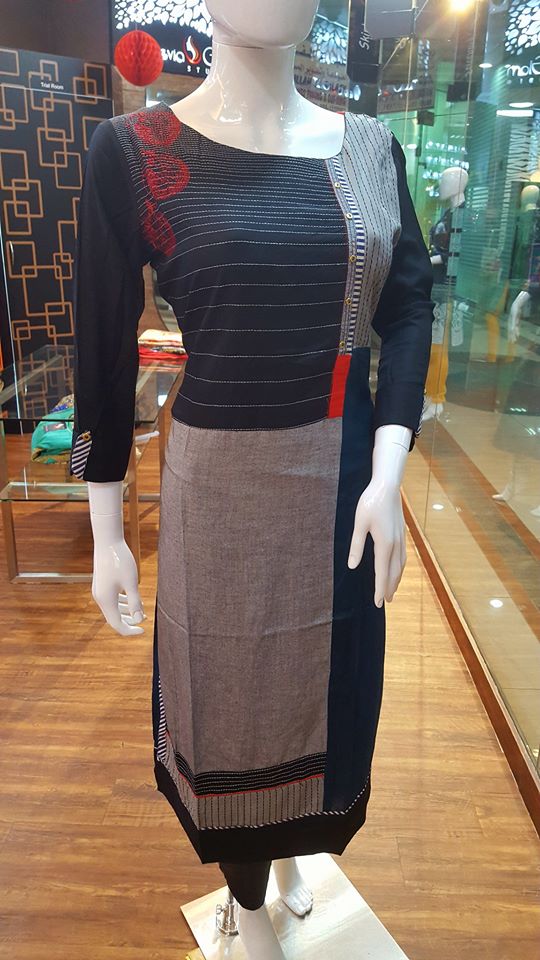
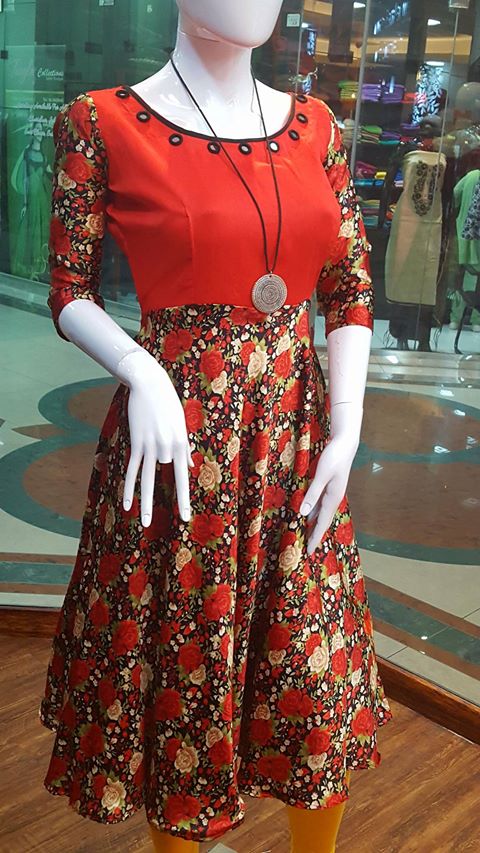


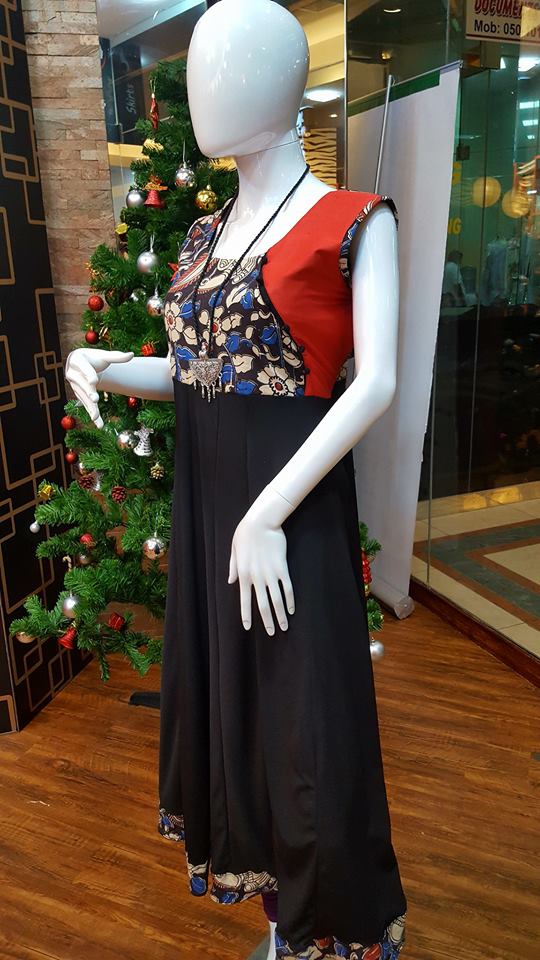
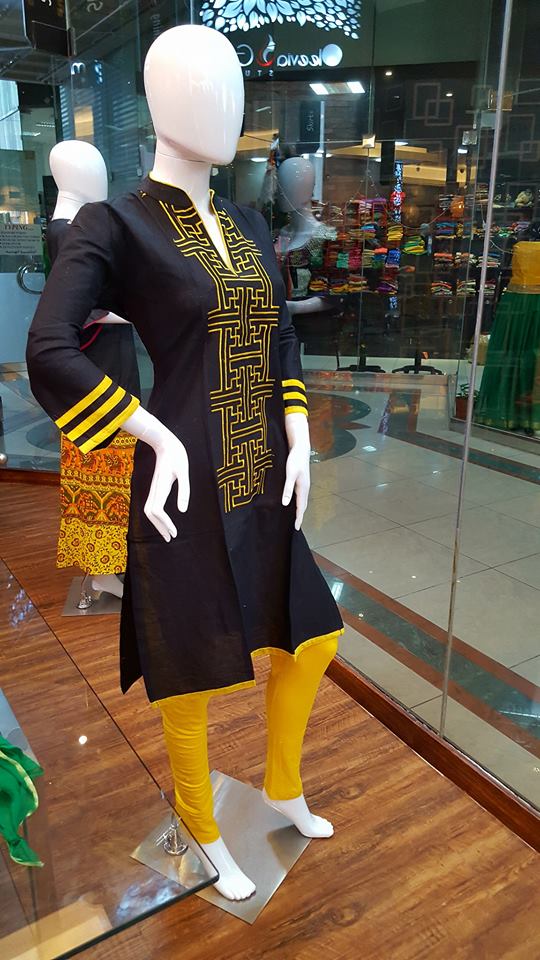

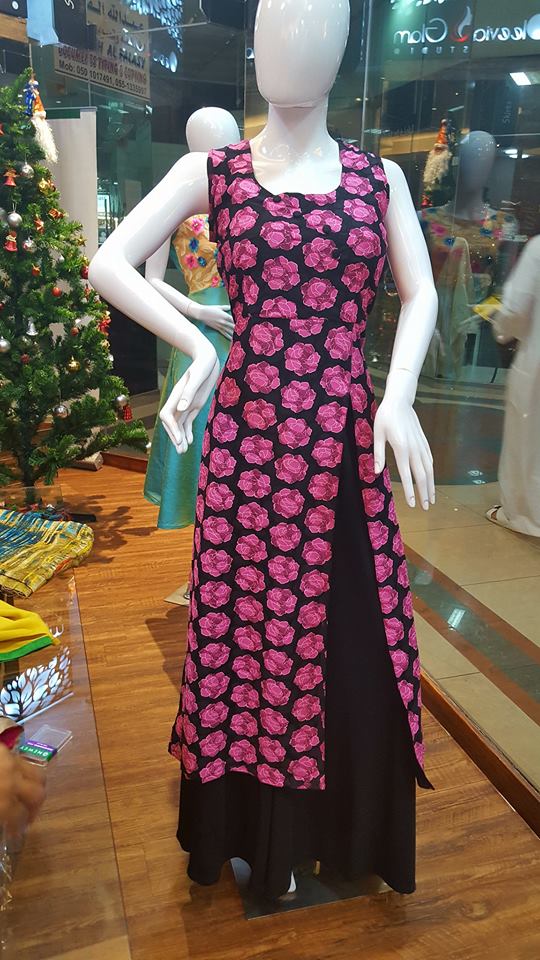

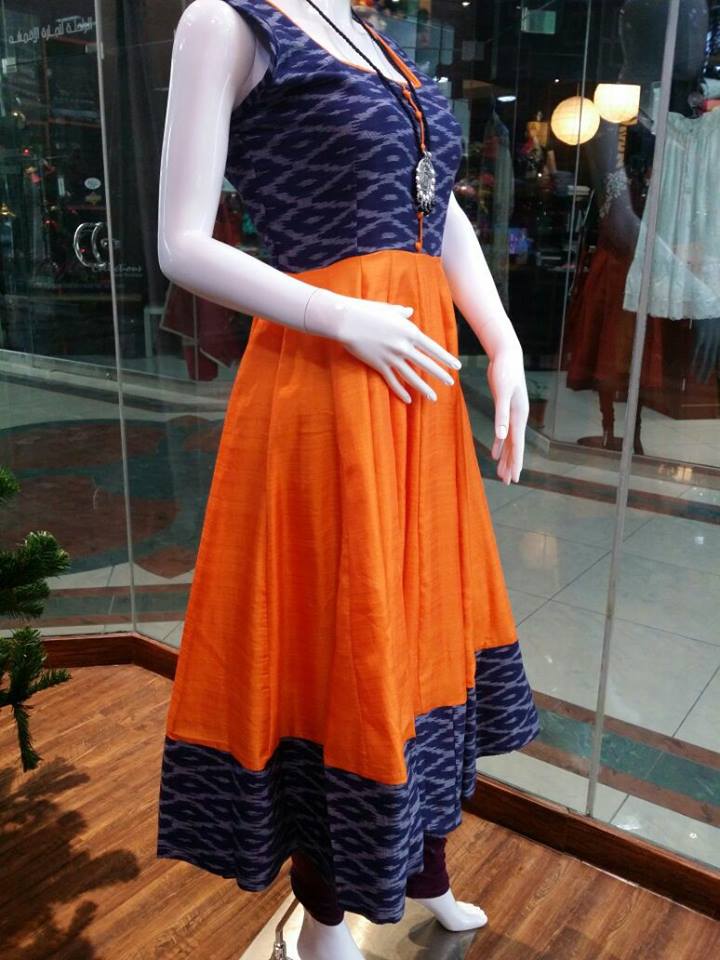


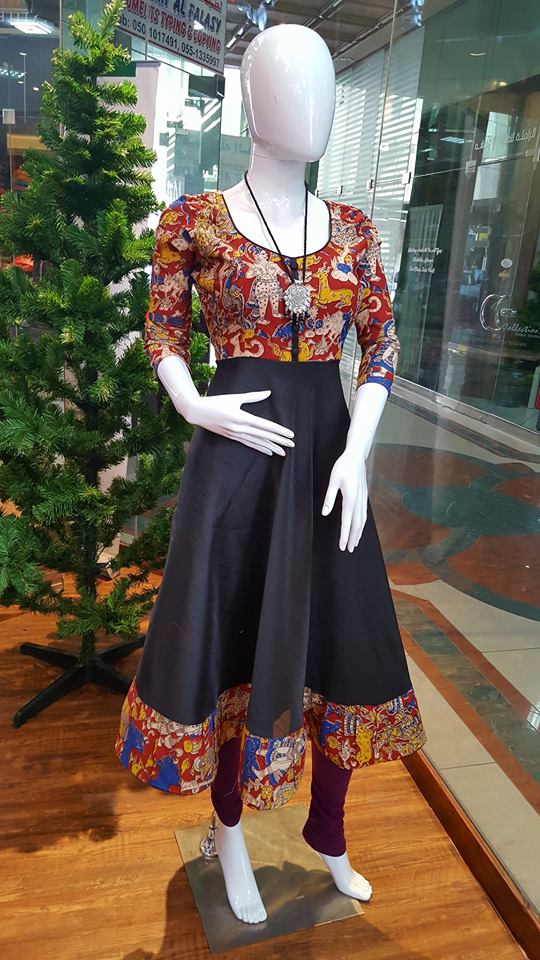
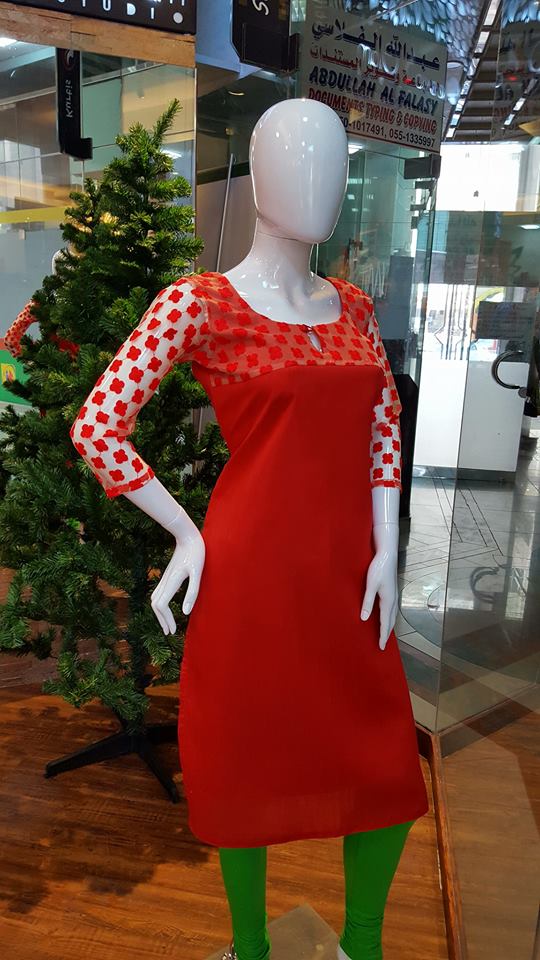
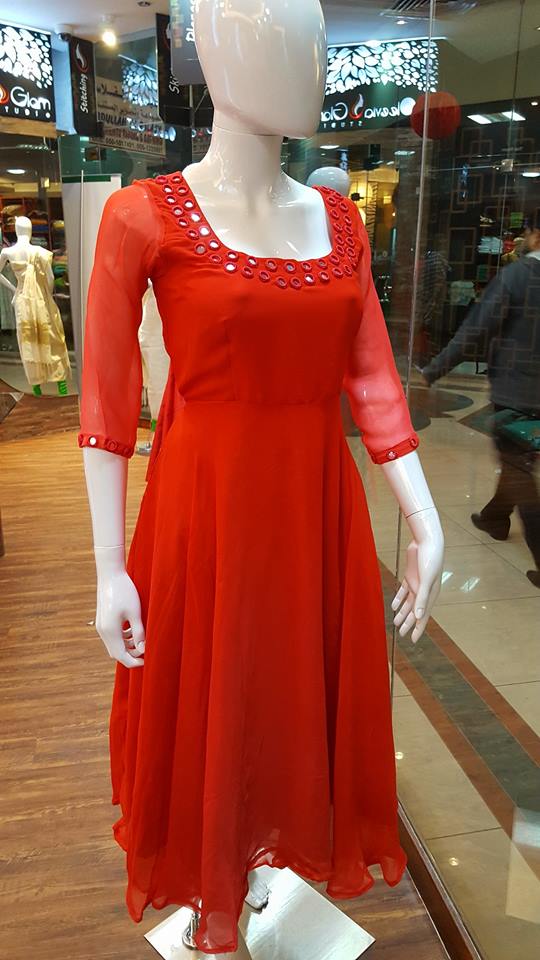

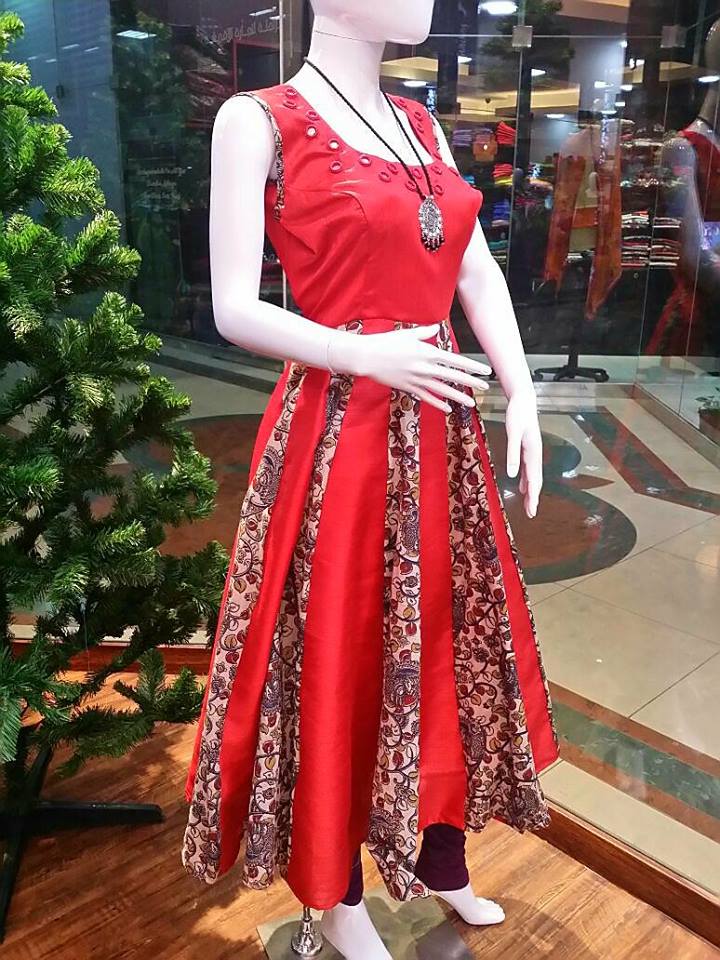
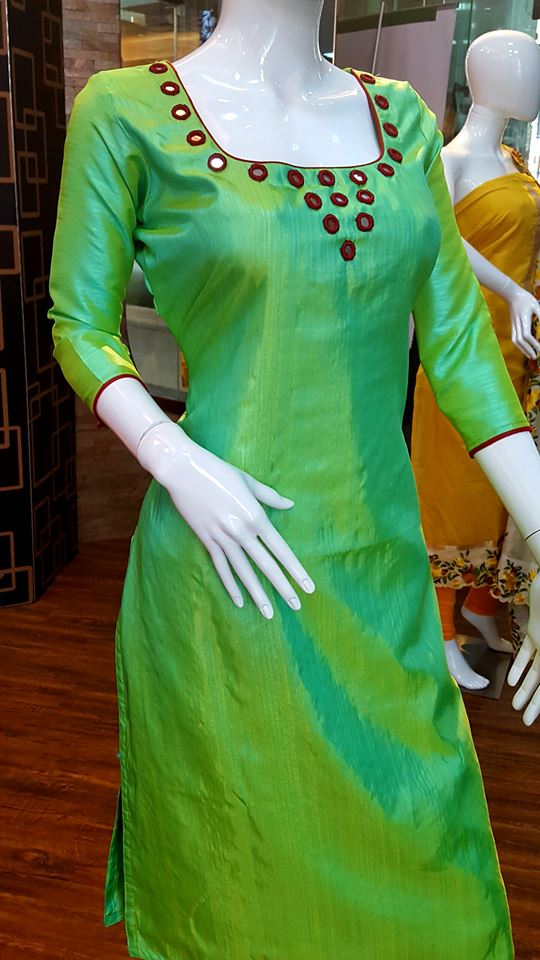
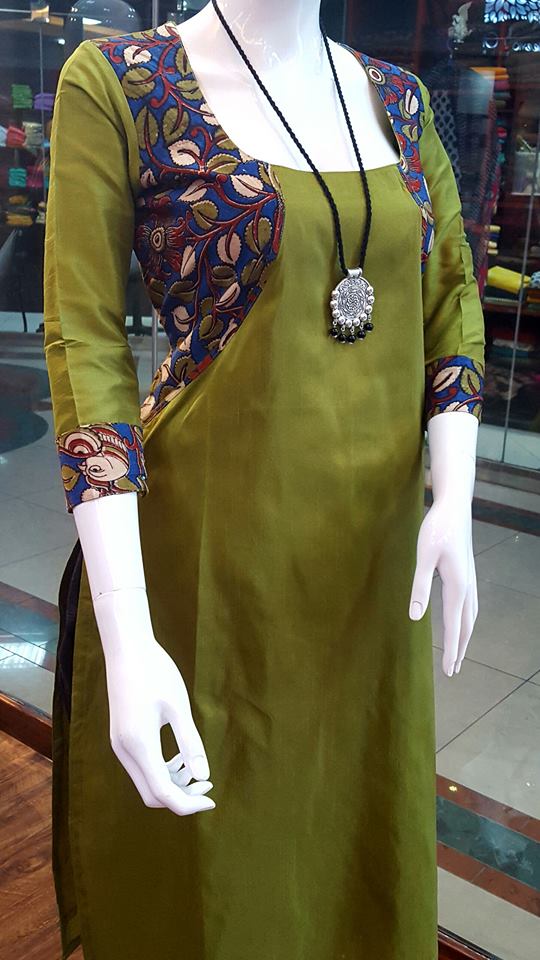

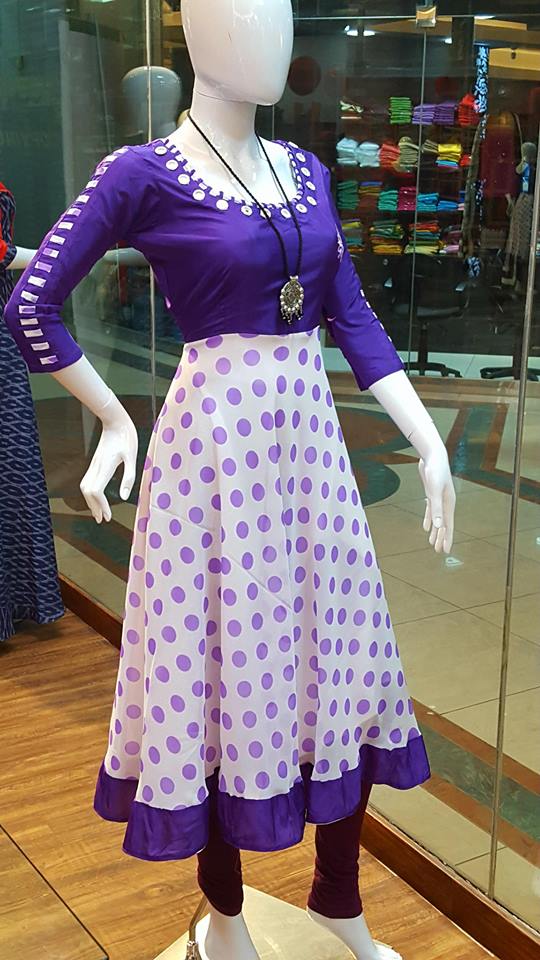
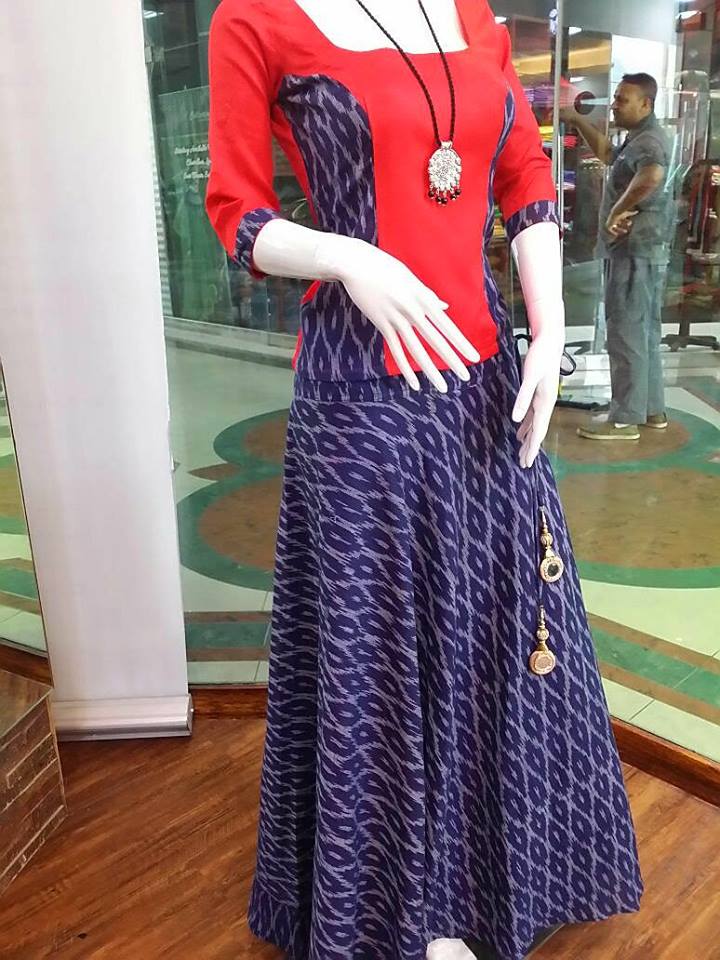
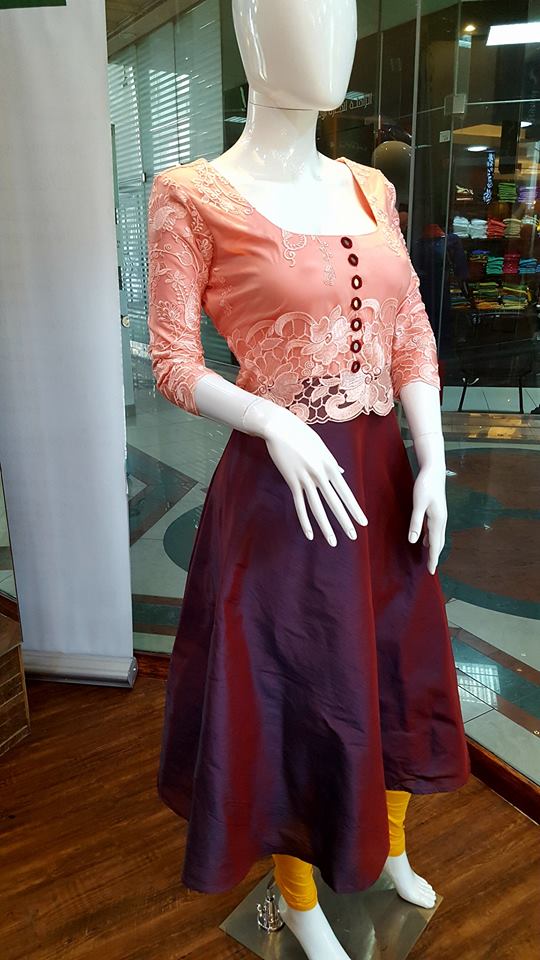
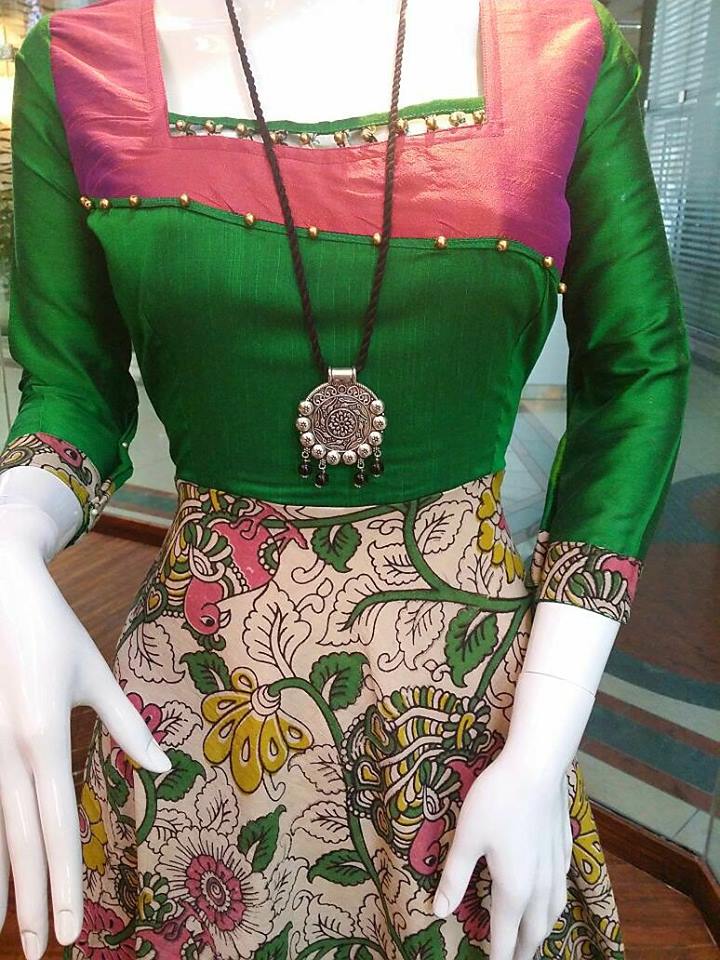
Courtesy: Oleevia fashion
Sew a ruched neckline step by step
Now, if you recall, when we designed the patterns for our bodices, we left it at the point where the underdress ruched neckline was higher than the overdress neckline so that the underdress neckline would show. But what we want to show is a strip of puffing that we’re (ostensibly) going to insert into the underdress neckline. So we need to address that situation right now before it goes a step further.
Pattern
I think an inch and a half is gracious plenty for a puffing strip. So we’re just going to lower the underdress neckline by 1 1/2″.
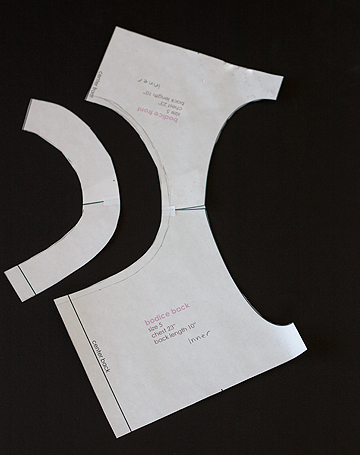
The puffing strip is going to be a straight strip of fabric, so we won’t really need a pattern piece for it. So we’ll go ahead and add the seam allowance back on to the neckline before we cut it out.
We’ll consider here for a second what the puffing strip dimensions need to be. As for length, since we don’t want it to be frilly-puffy, just moderately puffy, I think we’ll measure the neckline and cut the puffing strip 1 1/2x the length. We could measure the pattern pieces at this point, or we could measure them when we’ve sewn the shoulder seams and the whole neckline is waiting for us to stick the puffing in. I think that’ll be easier.
The width of the puffing strip is like this: We want the final strip to be 1 1/2″ wide. It needs a seam allowance on the bottom, where it adjoins the bodice neckline, but it does not need a seam allowance on top since we’re going to bind it.
Now we need to sew up the bodice. We’re going to line this bodice completely. First, we’ll start by cutting 2 backs and 2 fronts on the fold:
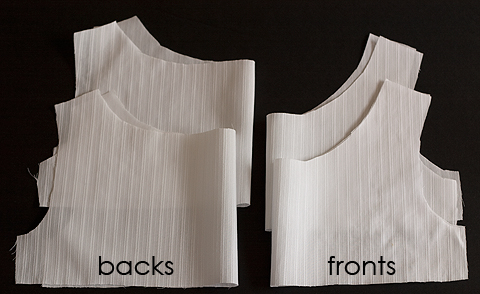
Shoulder seams
Now we’re going to sew the shoulder seams together. Each front shoulder seam goes to the shoulder seam of a different back piece, and then the remaining back shoulder seams go to the remaining front piece again. So that the whole thing makes one big happy circle:
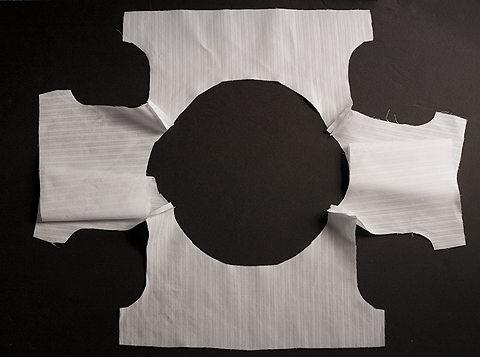
What we’re going for here is a lined bodice without a center back seam, which make more sense if I fold the lining underneath, like this:

Inserting Puffing
Get it now? Good, because here comes the puffing strip:

The puffing strip is a straight strip cut lengthwise, with both ends finished and gathering threads run down the long ends. A fairly innocuous puffing strip, all in all.
Now we’ll find the precise place where our back pieces are supposed to fold over (which is not the center back, which would have made it easier to say), and put a pin there.

Now we’re going to open the neckline up and place the finished ends of the puffing strip right there, cozied up to the pins, and the center of the puffing strip at the center front. The puffing strip and the bodice are right sides together.

Then we’ll pull up the puffing bobbin threads so that the puffing strip fits the neckline:

adjusting the gathers so they look nicely distributed, and pinning many, many times. Now we’ll just sew that down, along with the inner gathering thread.
Once that’s sewn down, pressed gently, and good to go, we’ll place the lining on top of the puffing, making a sandwich, and sew that down:
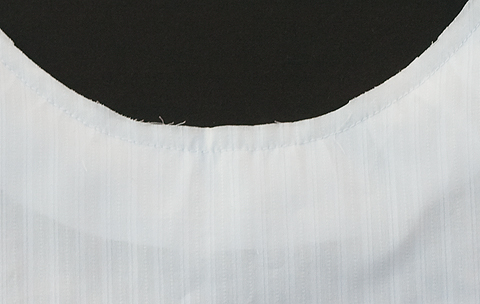
See the puffing in between the layers? Now we’ll press the seam, trim it, and turn it right side out:

A row of edge stitching at the base of the puffing, through all layers, makes this look very crisp. Do notice, if you would, that if we’d taken big clips out of the seam allowance they would be very obvious at this point.
Now we’ll just pull up these little gathering threads that we put at the top of the gathering strip:
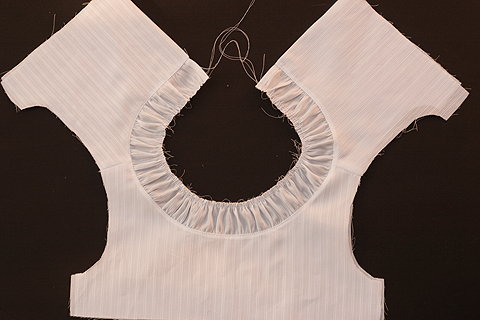
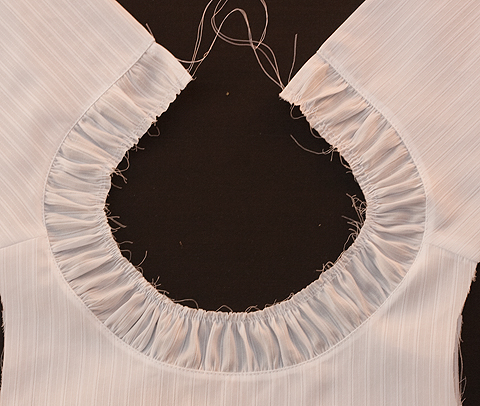
Binding
Now we’ll bind that top edge, okay?
First, we need a binding strip. This time we are going to use a French binding. The width of the binding needs to be 6x the finished width of the binding, plus 1/4-3/8″ to allow for folding. The length needs to be the length of the gathered puffing edge, plus a couple of inches. This measurement doesn’t need to be very precise, as we’re just going to trim the ends when we get to that point, but we certainly don’t want the binding strip too short. This strip, since it’s going around a curve, needs to be cut on the bias.
The strip is folded, wrong sides together, and pressed.
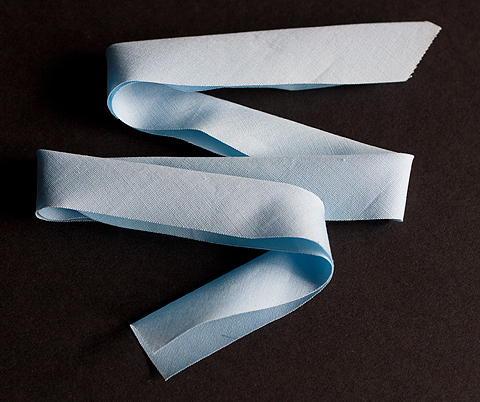
Now we’ll pin the long raw edges to the raw edge of the puffing strip, with the binding on the wrong side of the puffing and sew that carefully down.
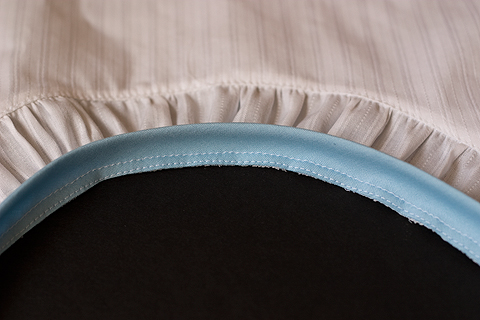
Here I’ve sewn again 1/8″ from the first stitching and trimmed the seam allowance close to the second stitching.
Now we’ll fold that binding around to the front and pin it so that the fold covers the stitching on the front:

The ends need to be folded in like this:

Now, slowly, because we’re going around a curve and this is a focal point in our dress here, we’ll edgestitch close to that fold to sew the binding down.
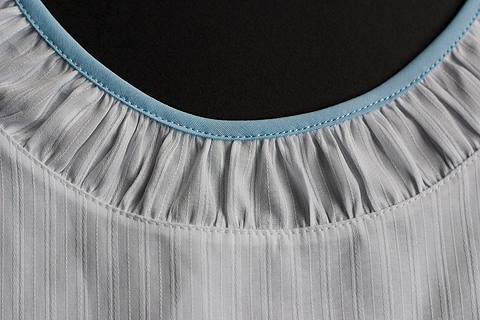
Side Seams
Before we can put this on the dress form to look at it, we’ll need to sew up those four little side seams. Bodice to bodice, lining to lining.
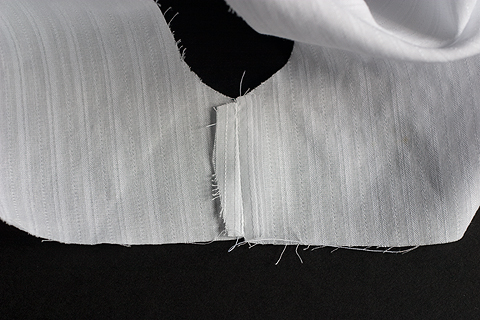
Pressing those and putting them in place lets us look at the bodice:
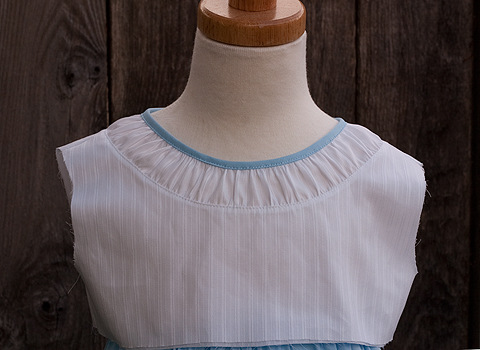
We did not baste the armhole and its lining together because we’re going to need it loose when we attach the bodice to the skirt.
Here’s a closer look at the finished neckline:
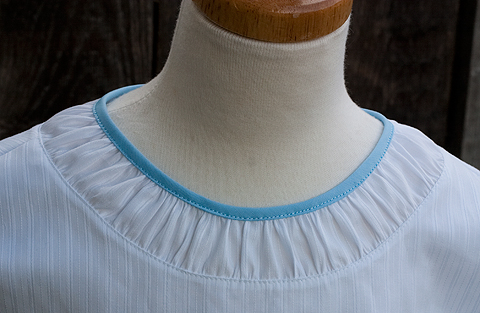
And here we are so far:

Now all that’s left is to create the blue bodice and sew it all together. Whew! Which we’ll do next time.
Sew a triangle loop round neckline
How to sew a triangle loop round neckline for kurthi :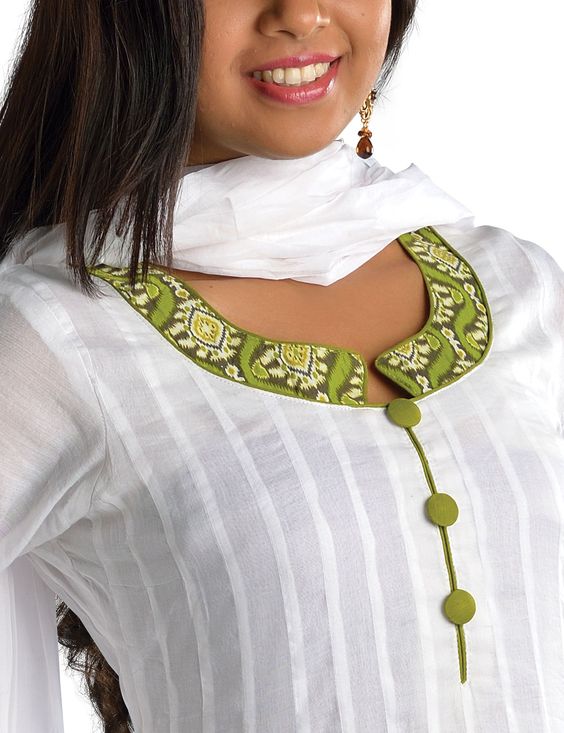
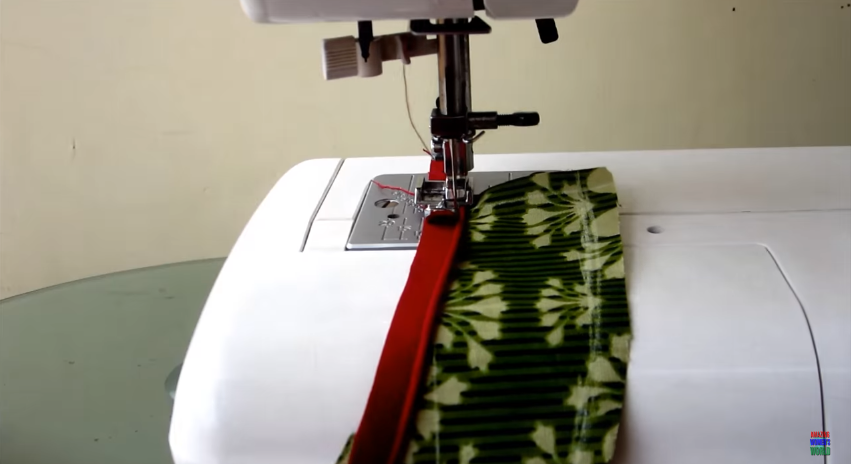
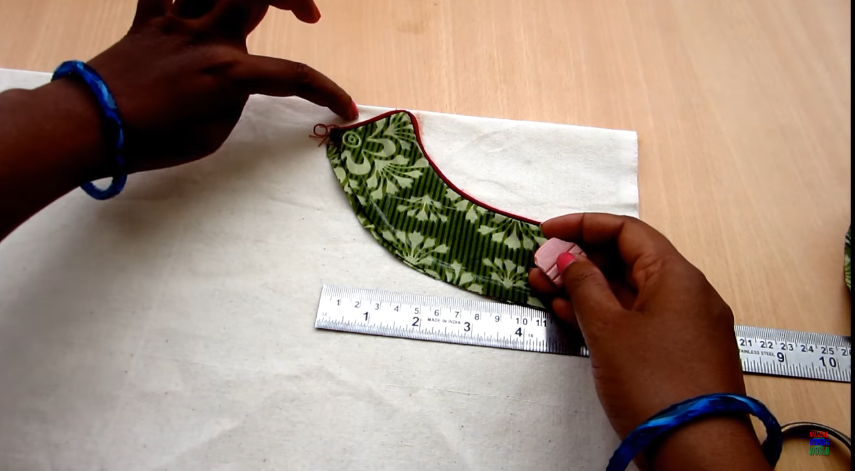
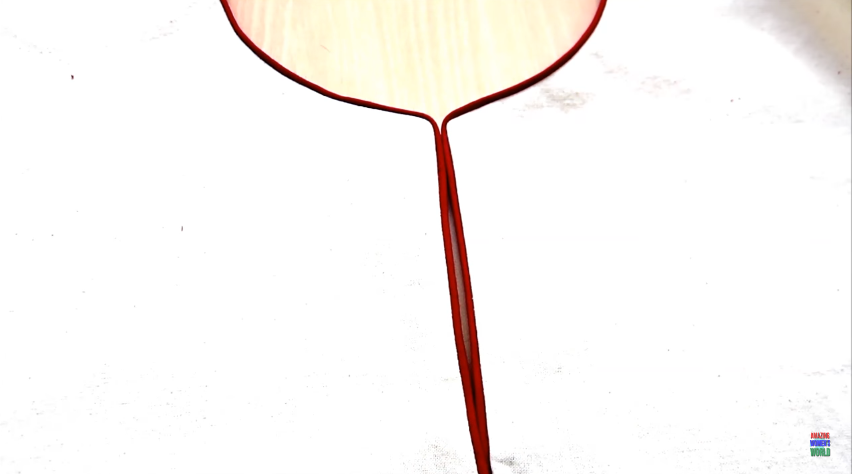
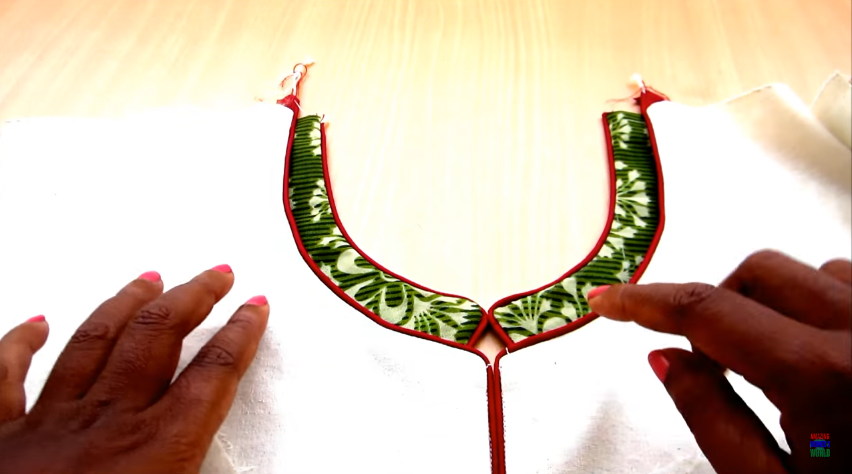
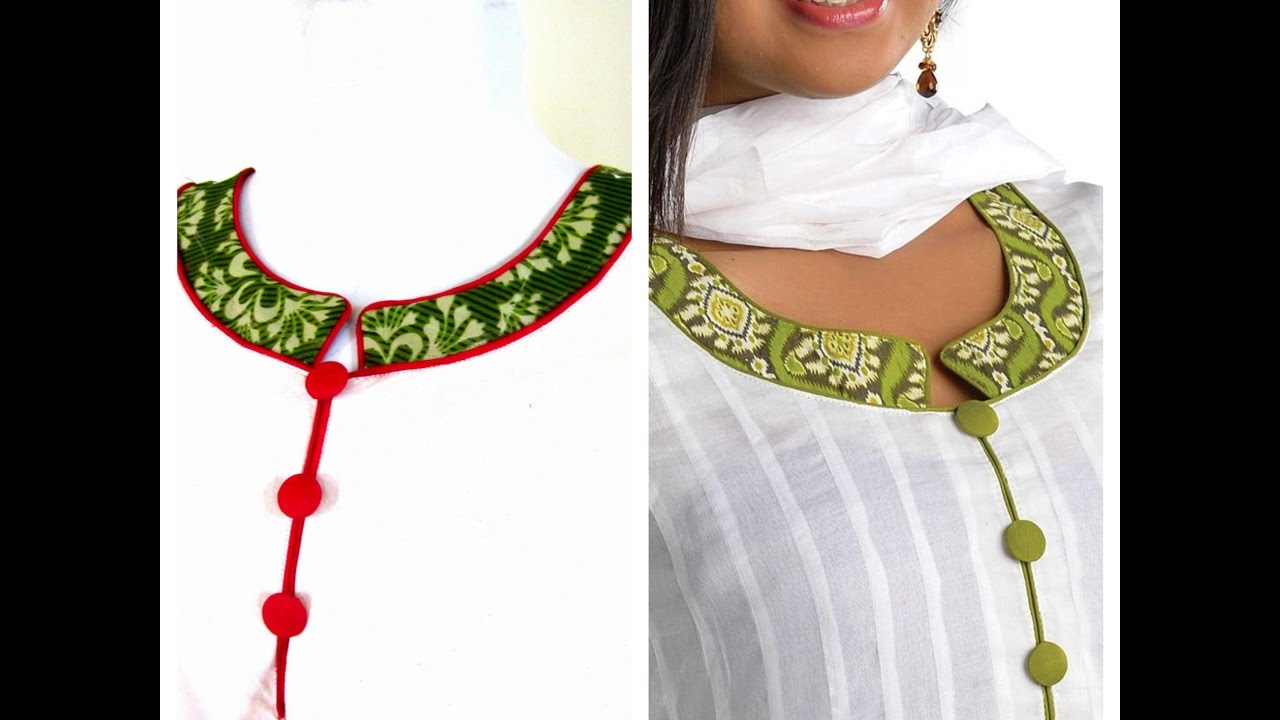
Hinged loops without hassle
Traditional buckle on elegant dresses, including wedding, is mounted on hinges, which are sewn very close to each other. A fastener of this type can be done in different ways. It is placed on the arms, back shelves before or, at the cut skirts and t. D. To take the hinge pins purchase braid, soutache. There is another option, you can sew the hanging loop of Rulik, which is made from the same fabric as the product.
How fast do hinged buttonholes. The author makes the workpiece with loops on a sheet in a cage:
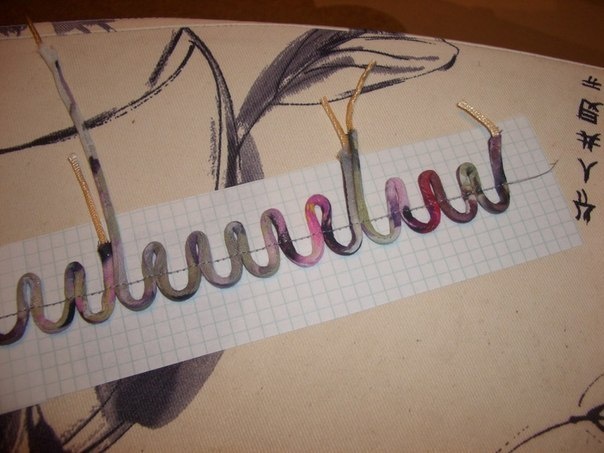
– Out loop through the cells and paves the line; – Surplus cuts;
– Surplus cuts;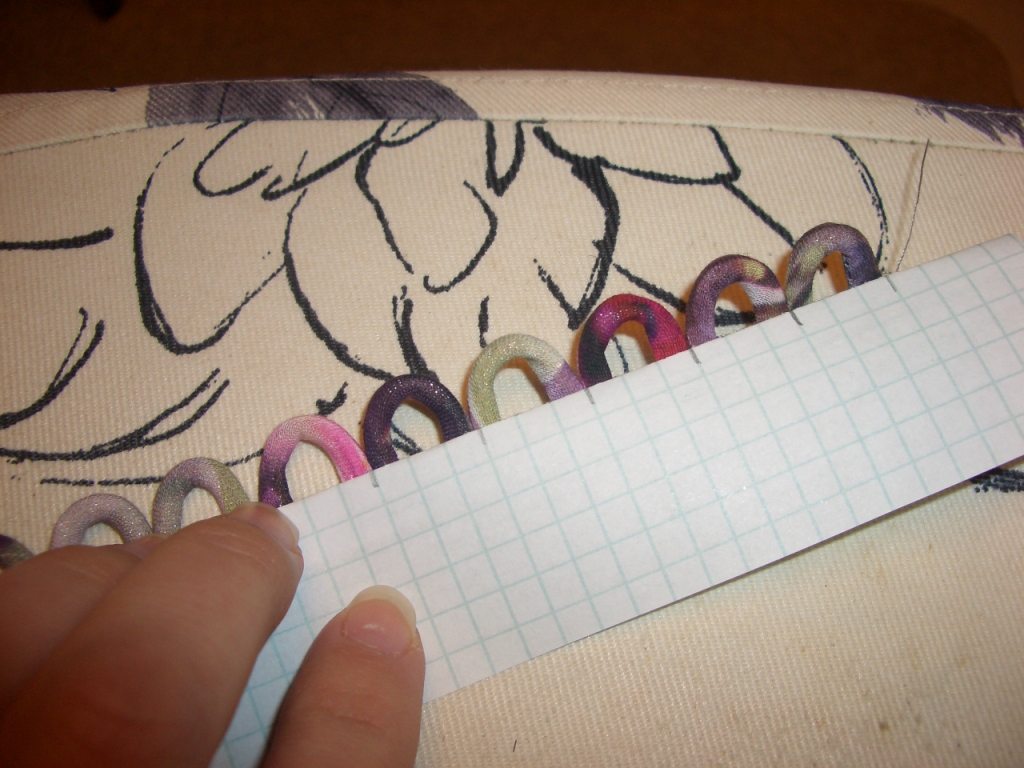 Bend the paper, watching what happens in finished form;
Bend the paper, watching what happens in finished form;
– Then, this billet nastrachivaetsya to its rightful place, the paper is removed and we are all the same tabs!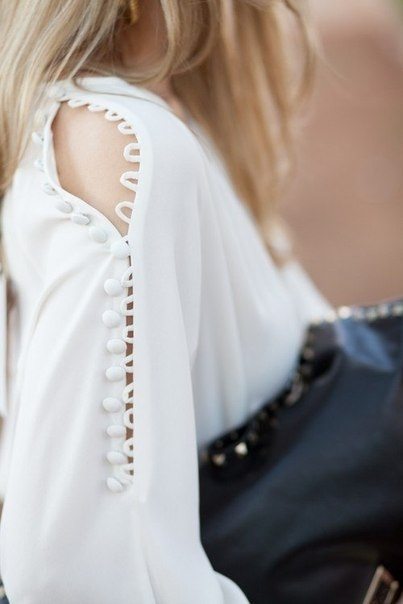
15 Latest Blouse Back Neck Designs Patterns
Fashion fades over-time, but the classic Indian traditional attire never seems to leave the charts at all. I am proud to be a saree enthusiast as it is the most sexy fashion staple according to me.
Blouse back designs are very attractive which can easily change the simple image of a lady to latest. Today, ladies are constantly looking for the blouses that have many cuts and exposure at the back. This gives a wonderful physical appeal to a lady when attending occasions like marriage, anniversary or even a Saturday night party. Today not only teenage girls but ladies with all ages are constantly trying out exclusive blouse back designs.
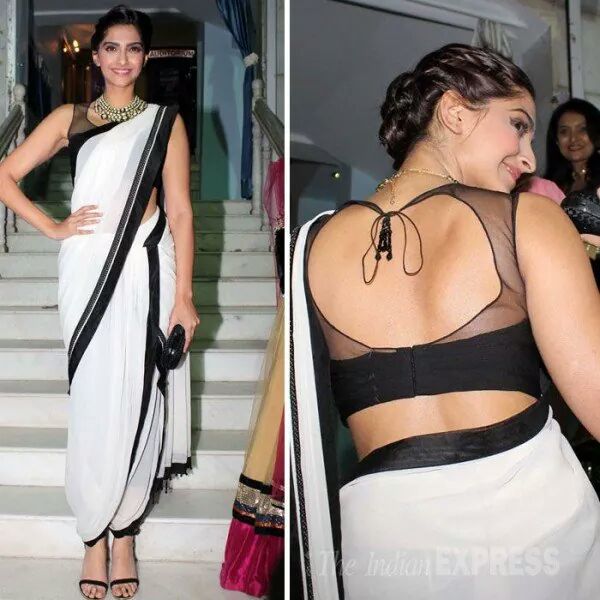



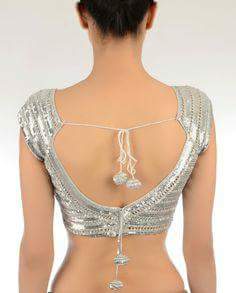
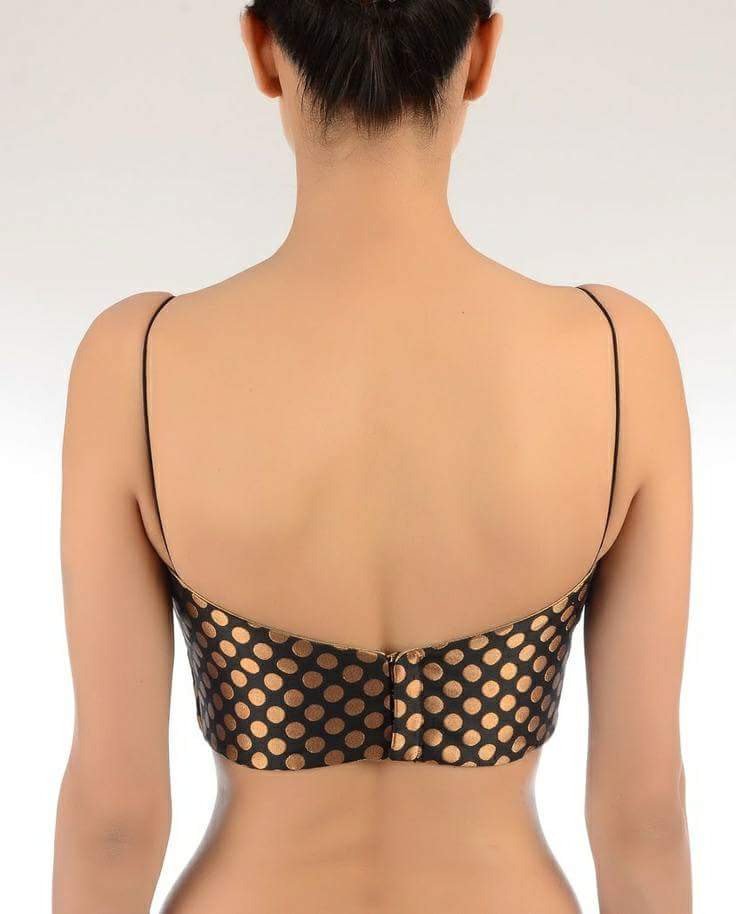 If you pay close attention, the round neck looks like the pot neck style. This blouse back neck design is perfectly suitable for silk saris and for lehengas.
If you pay close attention, the round neck looks like the pot neck style. This blouse back neck design is perfectly suitable for silk saris and for lehengas.

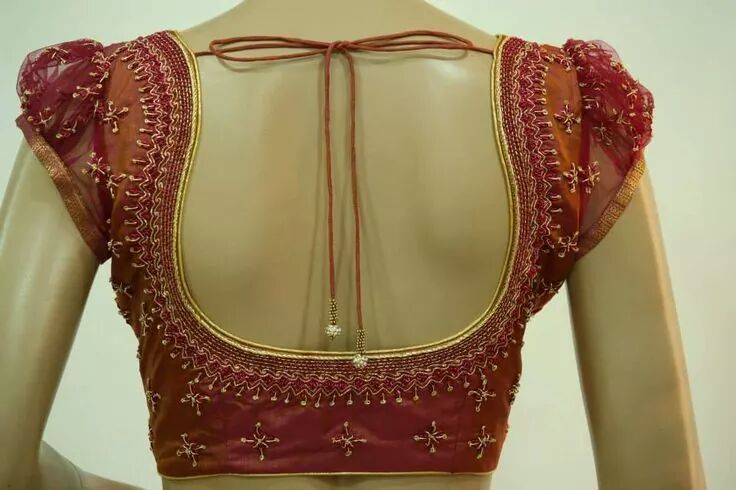
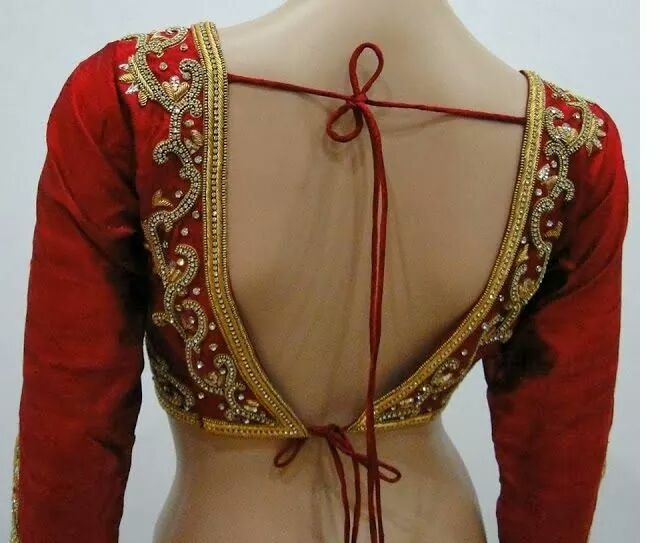

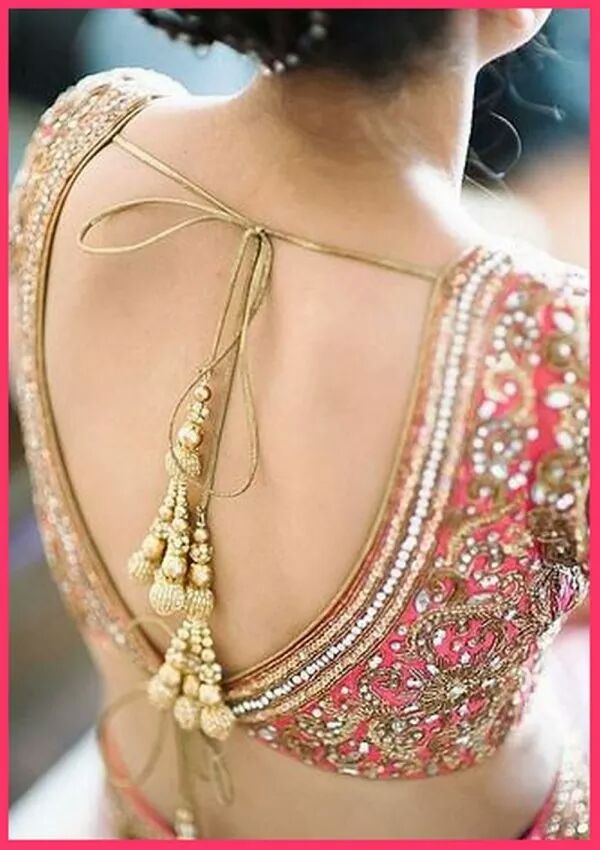

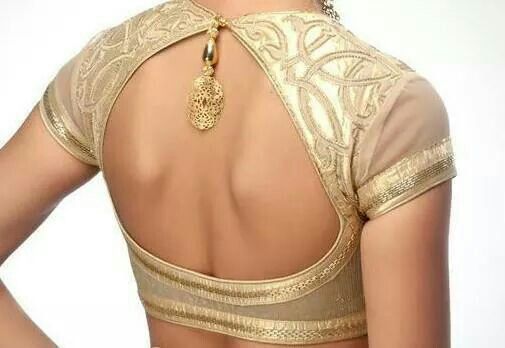 The V back neck design for blouses gives you ample room to flaunt the lovely back. Add some tassels or an elegant border to make it even prettier.
The V back neck design for blouses gives you ample room to flaunt the lovely back. Add some tassels or an elegant border to make it even prettier.
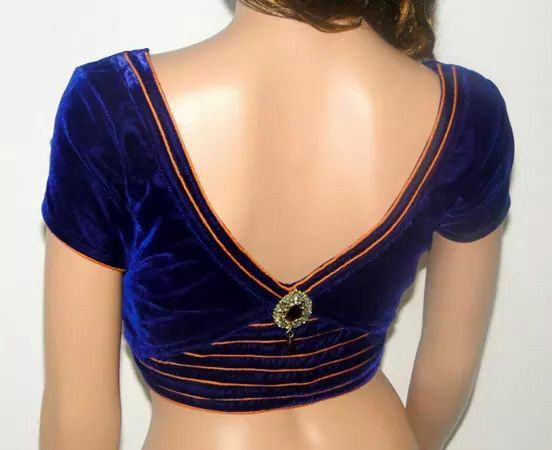
Handmade paper frock for fancy dress competition
Make beautiful paper frock for fancy dress competition-
 The skirt of petals from here …How to make paper frock for fancy dress competition. A Pts. just.
The skirt of petals from here …How to make paper frock for fancy dress competition. A Pts. just.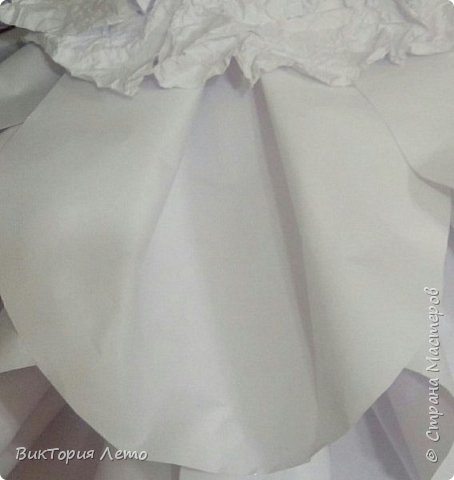 A4 sheet of paper
A4 sheet of paper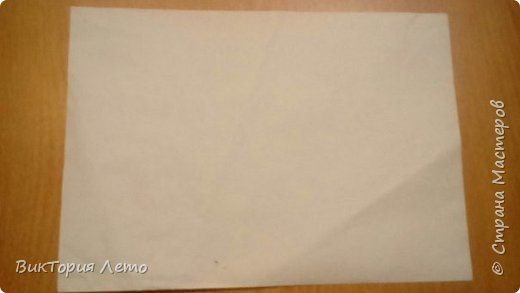 Half, but do not bend, and the bottom just outline the position slightly bend the middle of a flattening, so that was a trace
Half, but do not bend, and the bottom just outline the position slightly bend the middle of a flattening, so that was a trace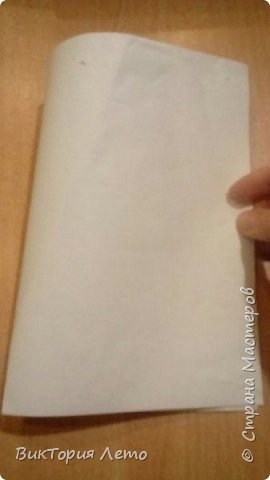 By the middle, bend the sides of the sheet, and also do not wrinkle and fold denote places
By the middle, bend the sides of the sheet, and also do not wrinkle and fold denote places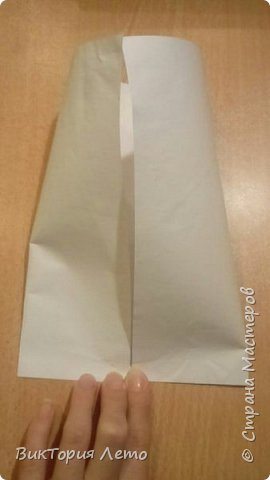 Leaf half and cut here so smooth corners
Leaf half and cut here so smooth corners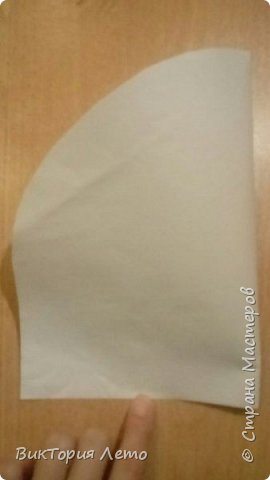 In expanded form like this
In expanded form like this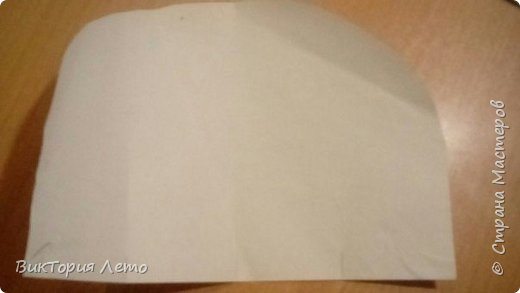 Now connect the planned locations of bends. Those. extreme bends connect with secondary and fastening stapler.
Now connect the planned locations of bends. Those. extreme bends connect with secondary and fastening stapler. And our tab for the dress skirt. You see it is not crushed, and the volume at the top.
And our tab for the dress skirt. You see it is not crushed, and the volume at the top.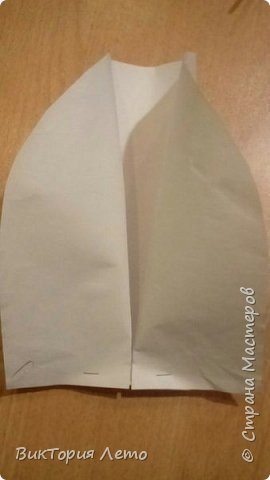 Blanks made of pieces 70. It depends on the size of the child course
Blanks made of pieces 70. It depends on the size of the child course Harvesting dresses. Make it possible in any way to your child just the usual dress … one mom even did everything in sequence. I attach all. Those. then someone in that much.
Harvesting dresses. Make it possible in any way to your child just the usual dress … one mom even did everything in sequence. I attach all. Those. then someone in that much.
Fasten the bottom row of petals on the Staple with large paper clips.
Then … back down on the bottom row of 10 cm and fasten the next row staggered
Then again 10cm and another series of staggered …… and so on. d, to the top of the skirt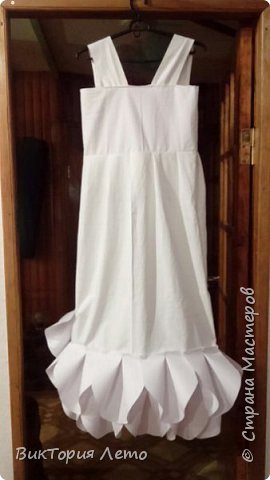
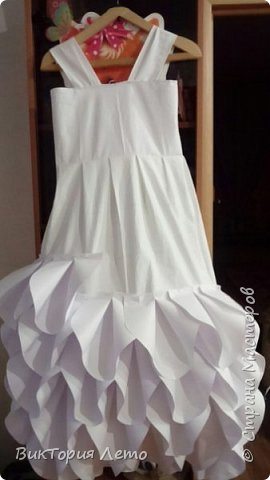 That skirt is ready.
That skirt is ready. The sketch was gone. But while it slightly redesigned.
The sketch was gone. But while it slightly redesigned.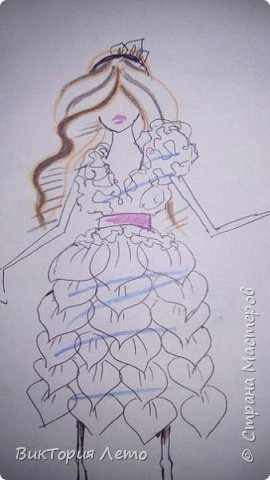 Top is a highly compressed paper. Glued to the bodice of her gor.kleem and formed rosettes zhatye or fancy flowers. There is already allowing fantasy. On top belt tied satin ribbon width of 2.5 cm, the back bow.
Top is a highly compressed paper. Glued to the bodice of her gor.kleem and formed rosettes zhatye or fancy flowers. There is already allowing fantasy. On top belt tied satin ribbon width of 2.5 cm, the back bow. Here are sewed perchatochki of guipure. There were pieces of trailing guipure, just come in handy.
Here are sewed perchatochki of guipure. There were pieces of trailing guipure, just come in handy. Crown. Petals in the same way as a skirt, just sheets to take less of course the size.
Crown. Petals in the same way as a skirt, just sheets to take less of course the size. And the handbag to a dress, too, made in color. Favorite turquoise.
And the handbag to a dress, too, made in color. Favorite turquoise. And now she’s a model. Dress sprinkled with silver glitter paint, ie. it casts serebrom.Na photo certainly does not pass. It’s a pity.
And now she’s a model. Dress sprinkled with silver glitter paint, ie. it casts serebrom.Na photo certainly does not pass. It’s a pity.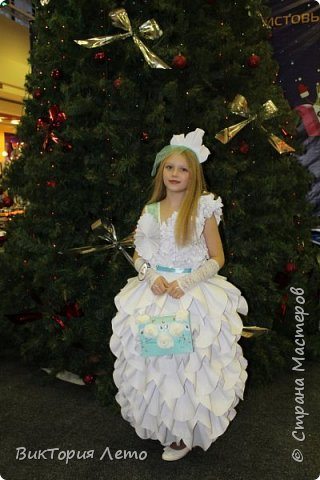
DIY: Safety pin feather jacket
DIY Safety pin feather jacket
- Safety Pins (about 100 per feather)
- E-6000 glue
- 12″ of rhinestone chain per feather
- Pencil

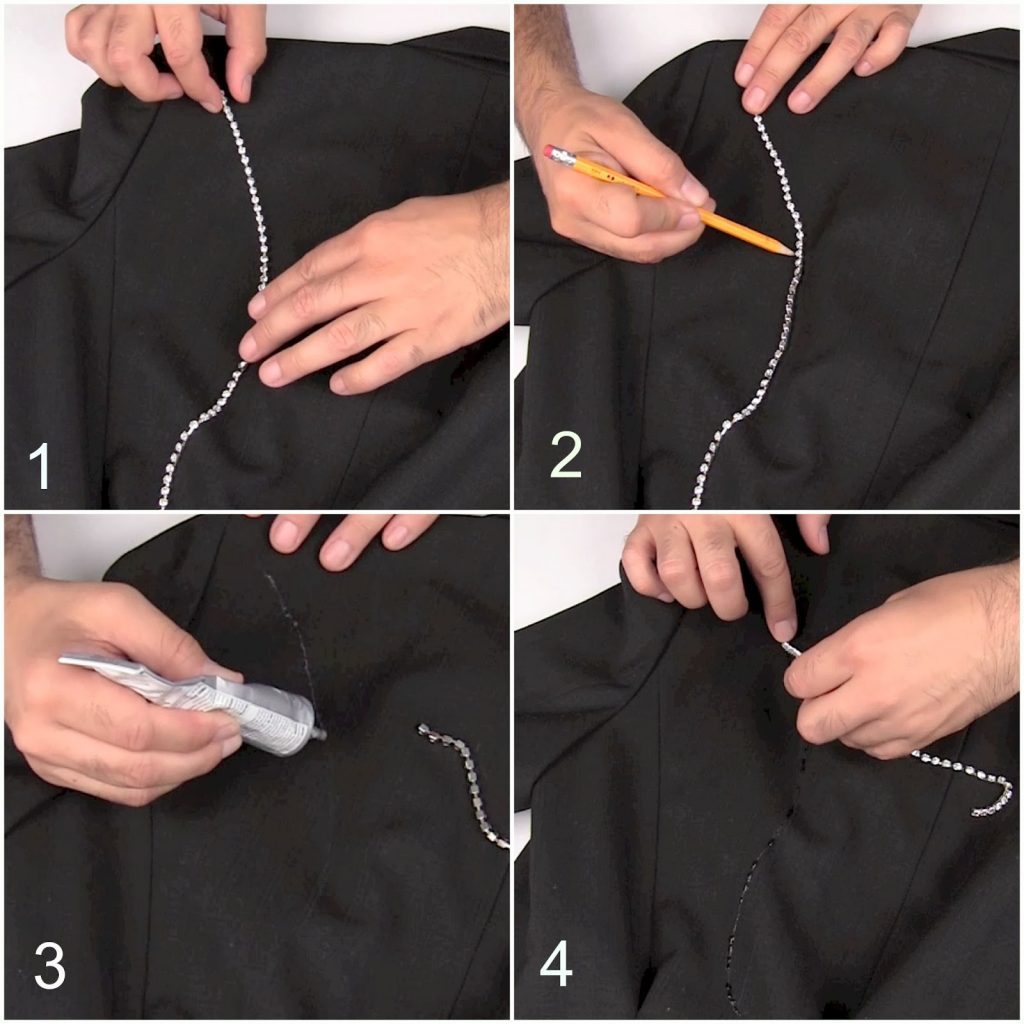
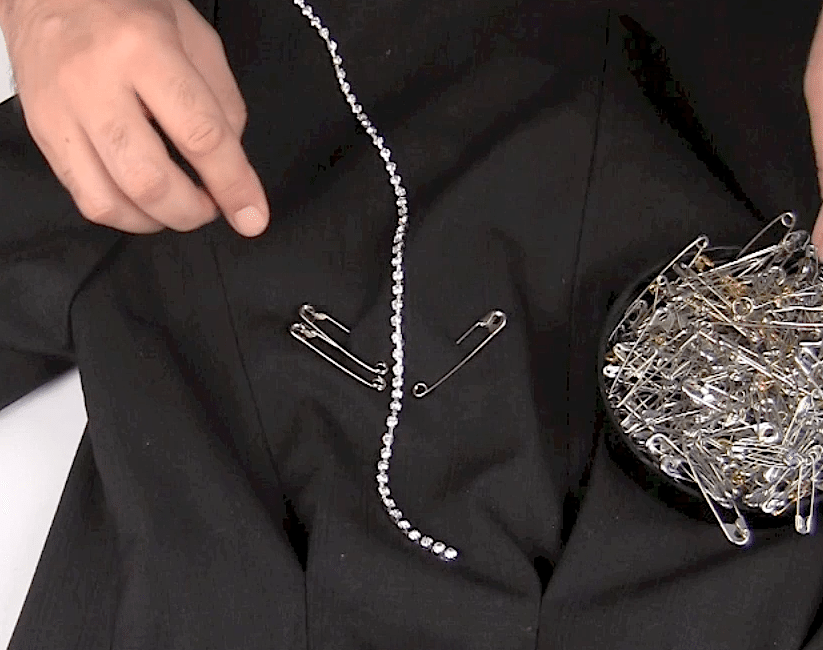 5. Starting 5″ from the bottom of the chain, start adding safety pins evenly up each side.
5. Starting 5″ from the bottom of the chain, start adding safety pins evenly up each side. 6. Continue at an angle so that it looks like a feather.
6. Continue at an angle so that it looks like a feather.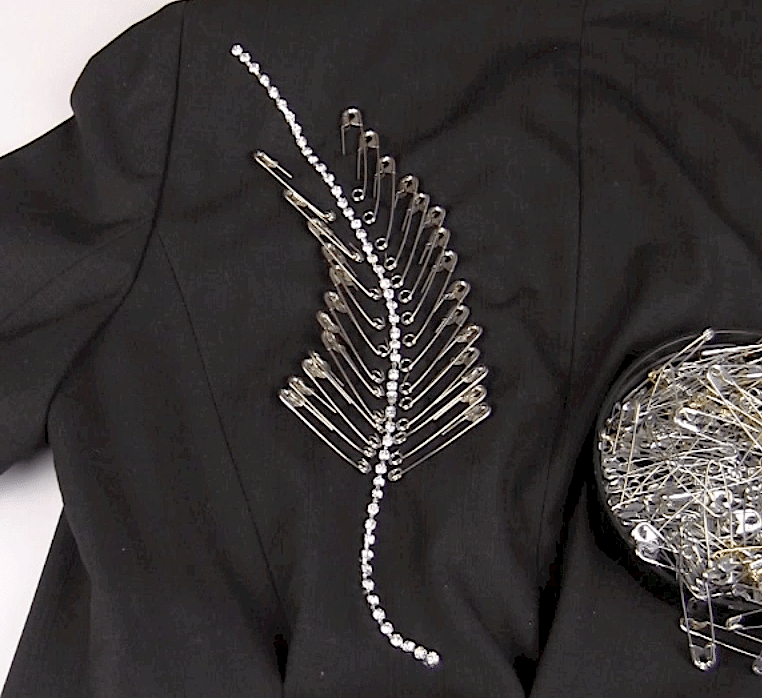
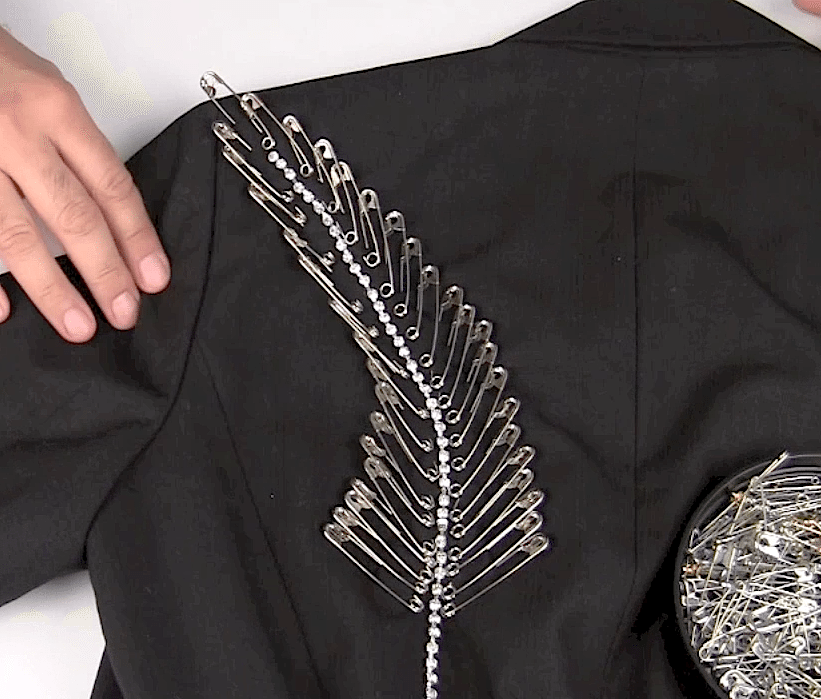 7. Create a point at the top.
7. Create a point at the top.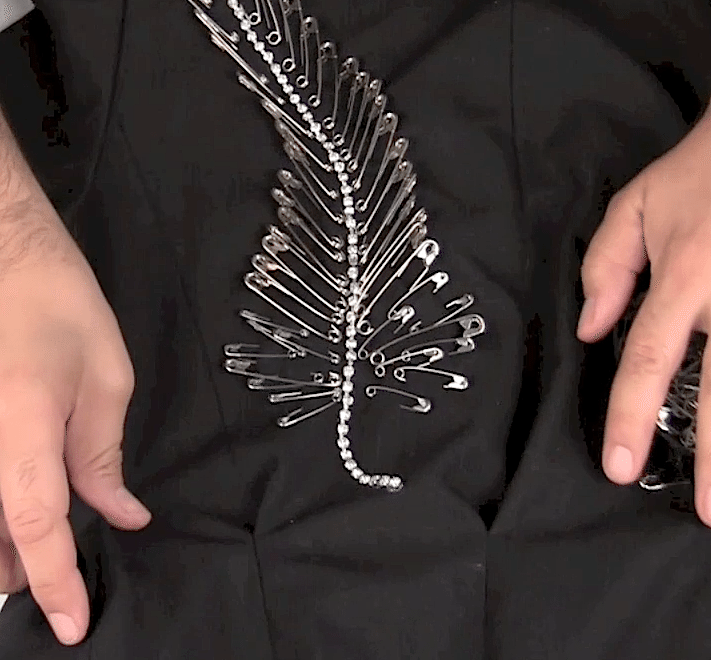 8. Add smaller safety pins at the base to create “fluff”.
8. Add smaller safety pins at the base to create “fluff”.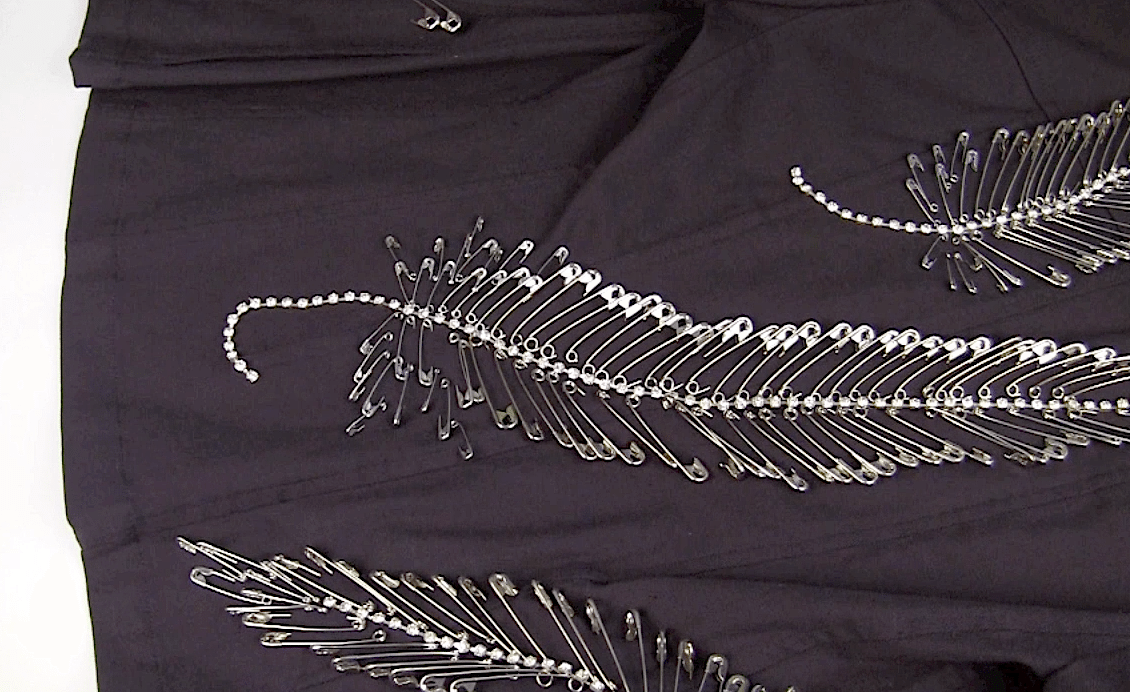 I added 3 feathers to this jacket
I added 3 feathers to this jacket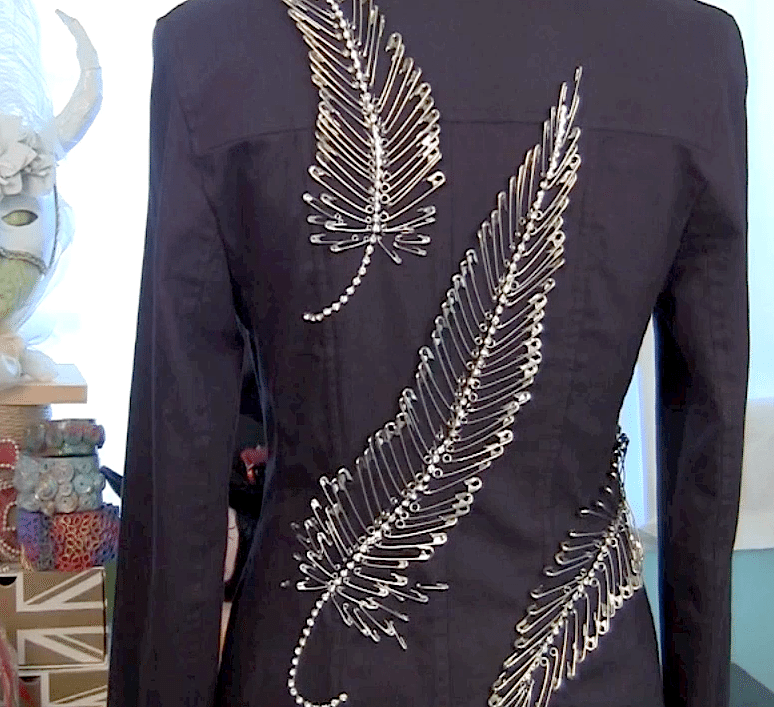
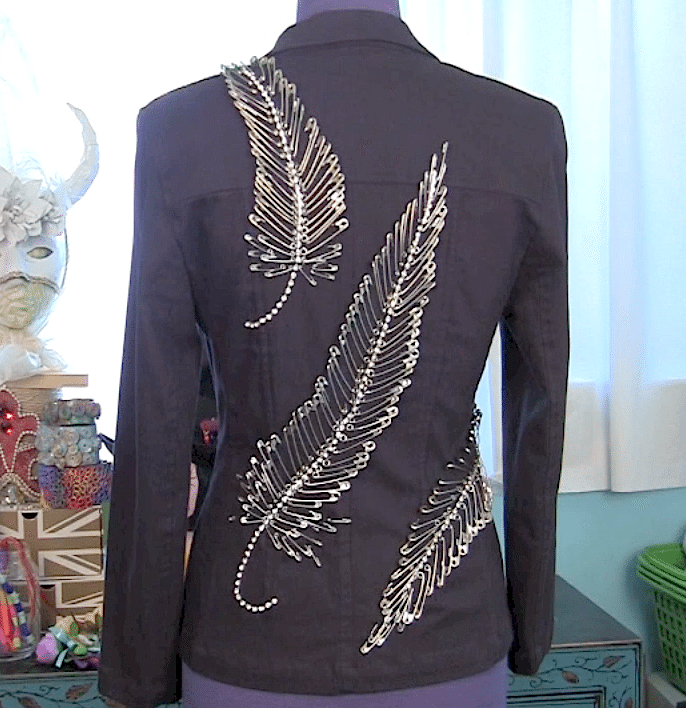 Source
Source
